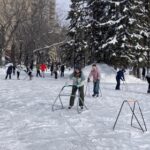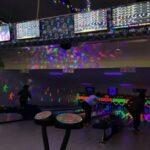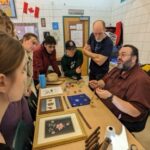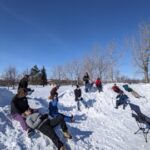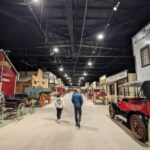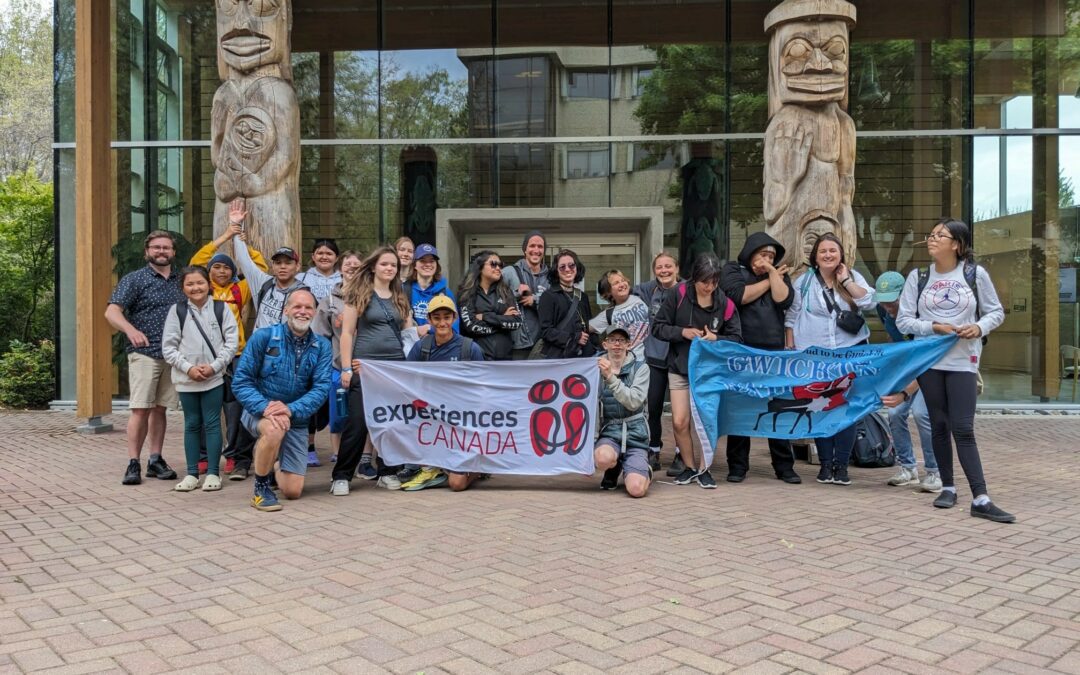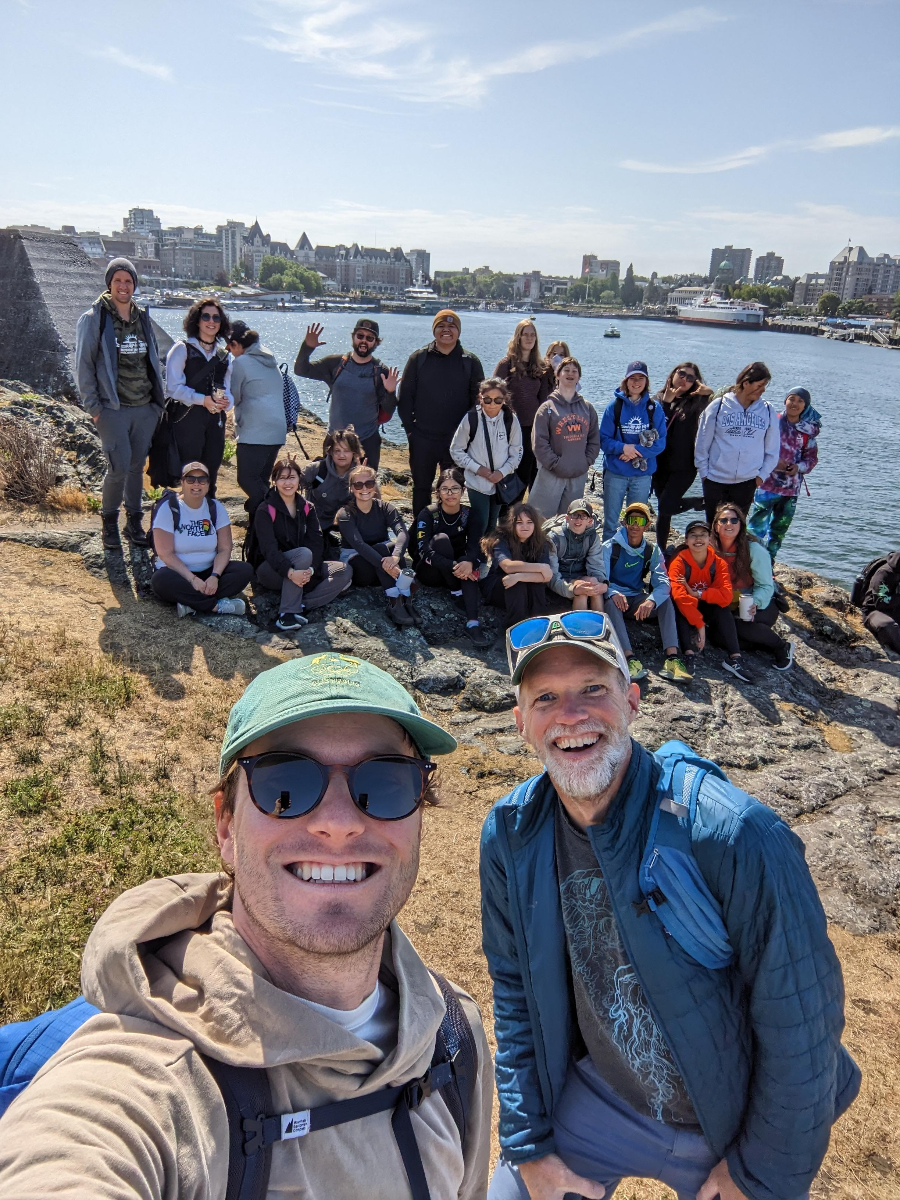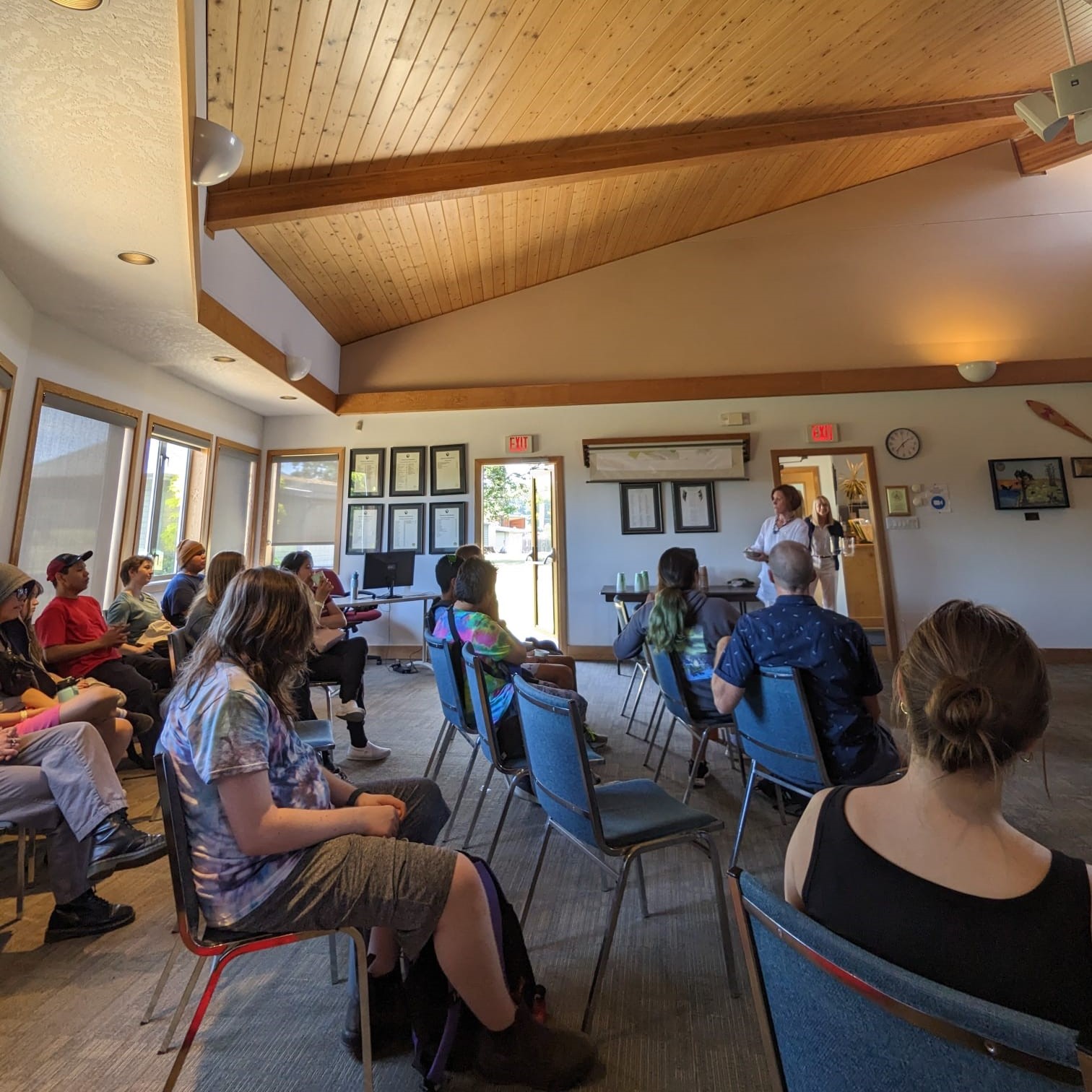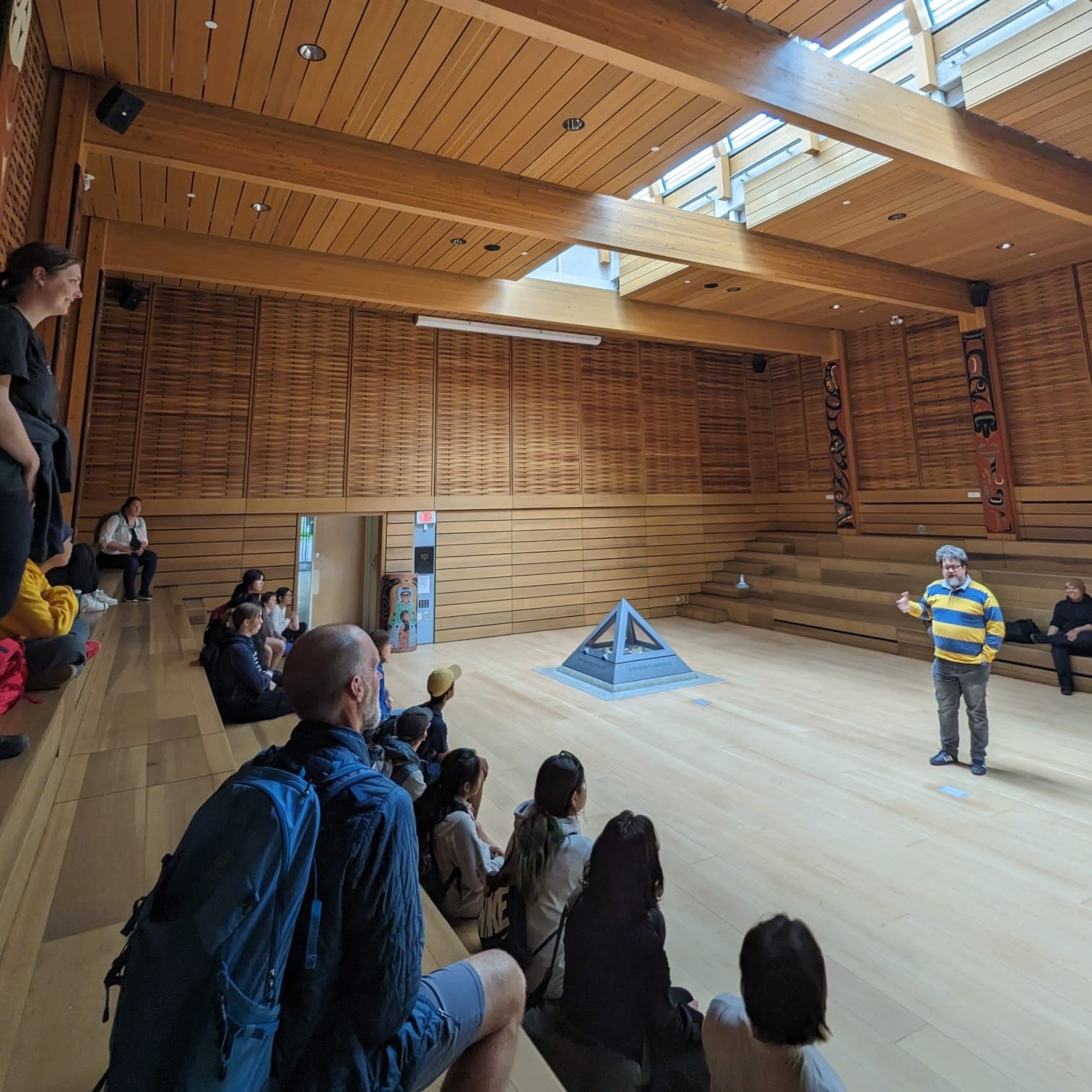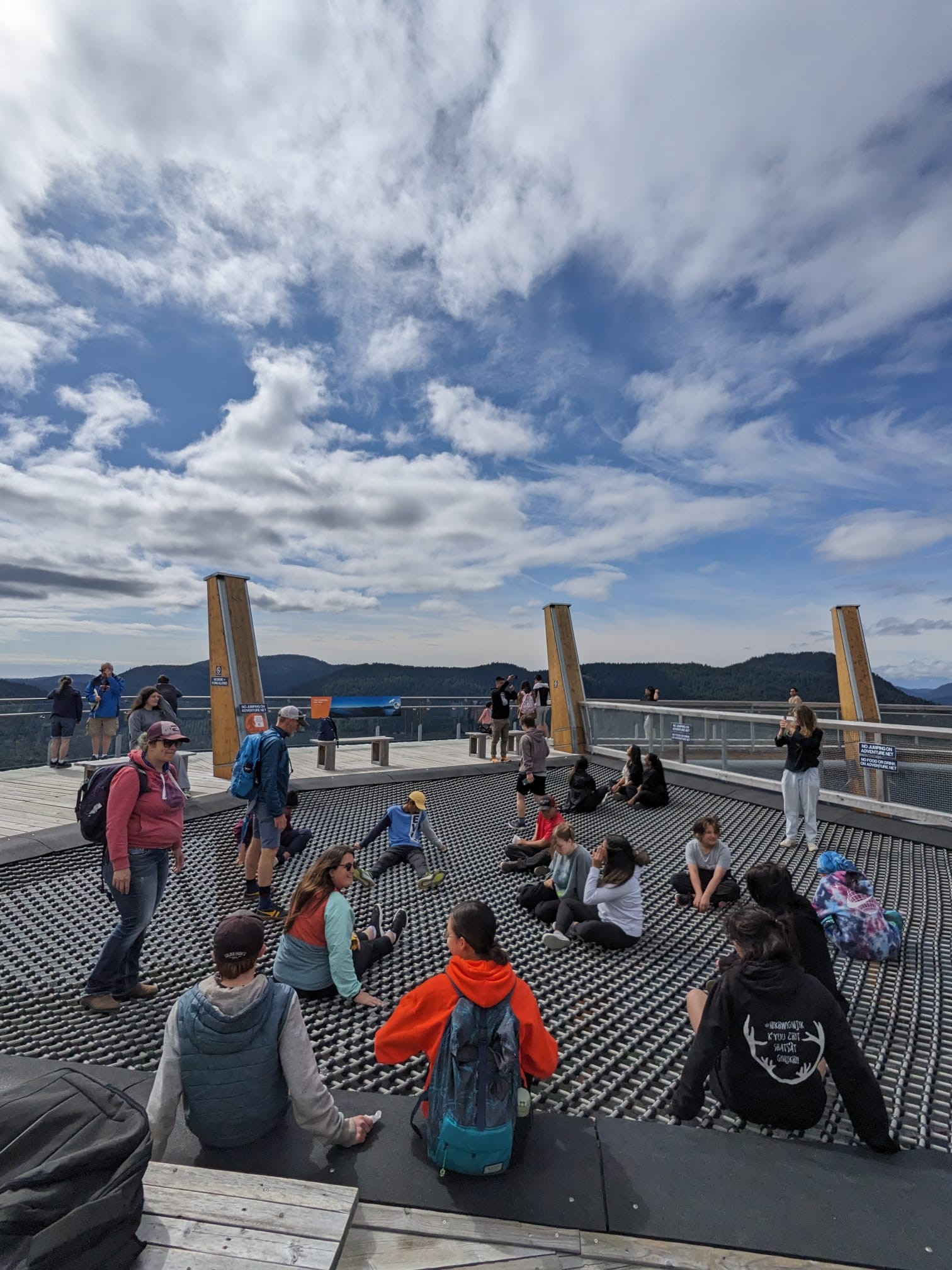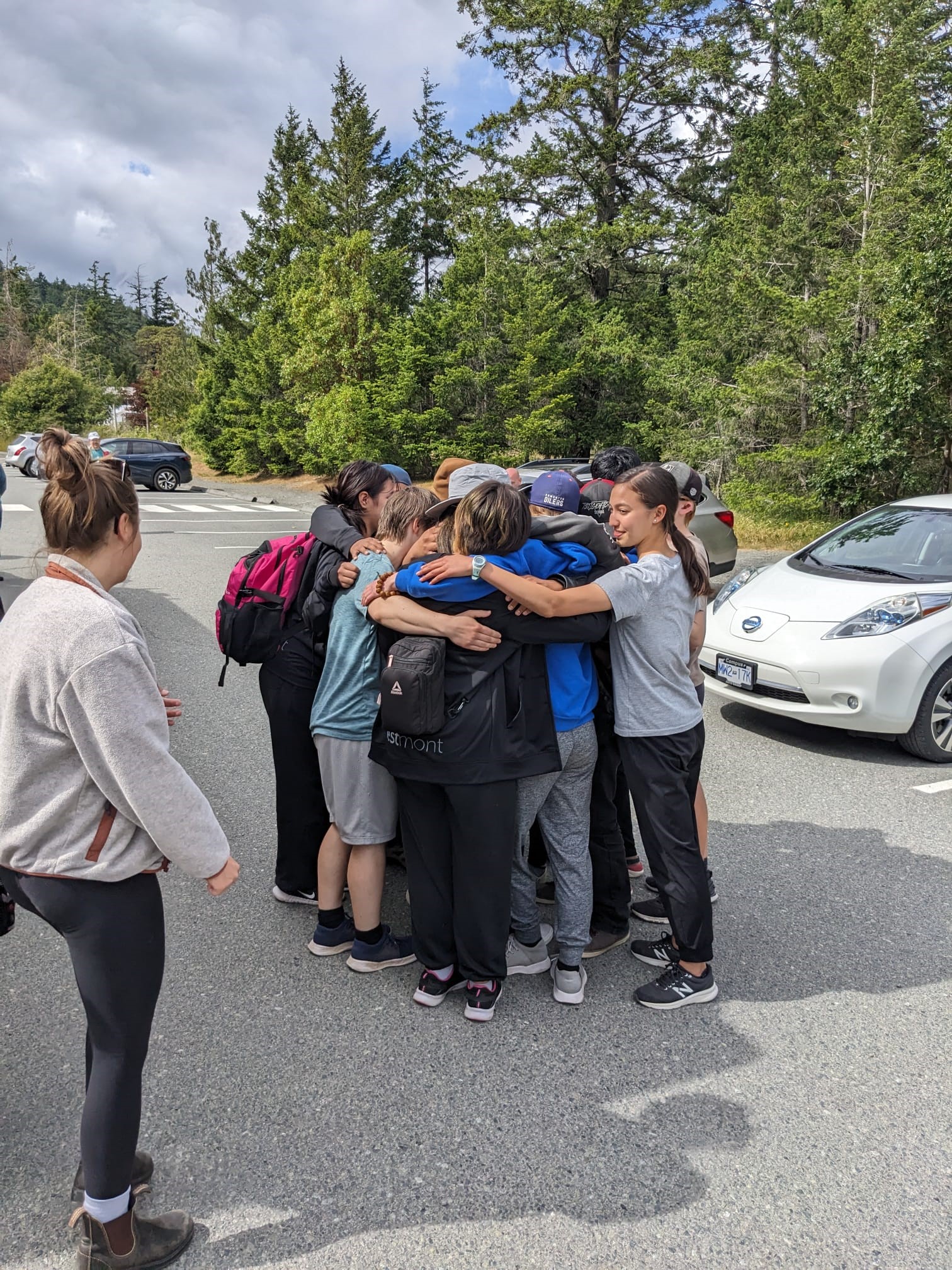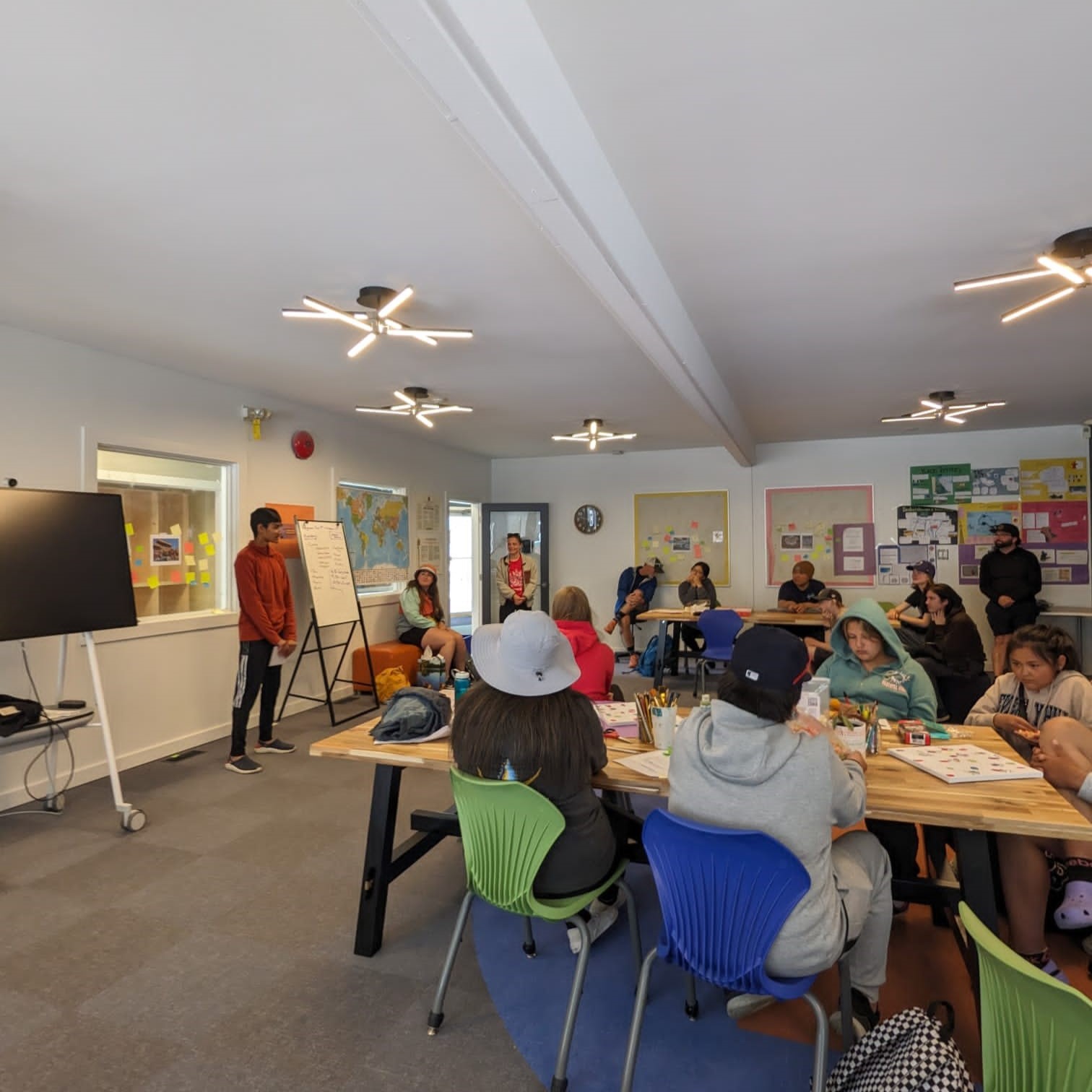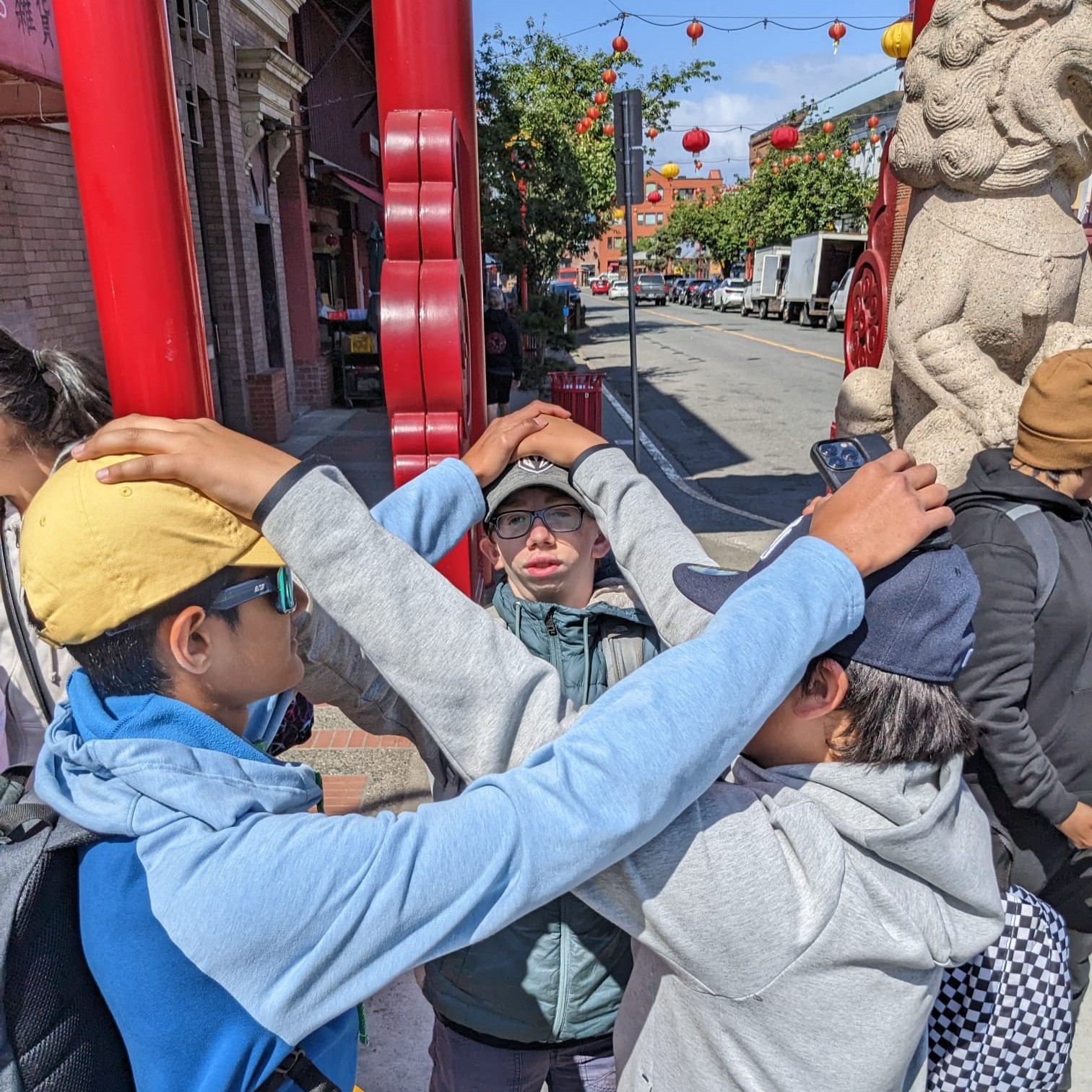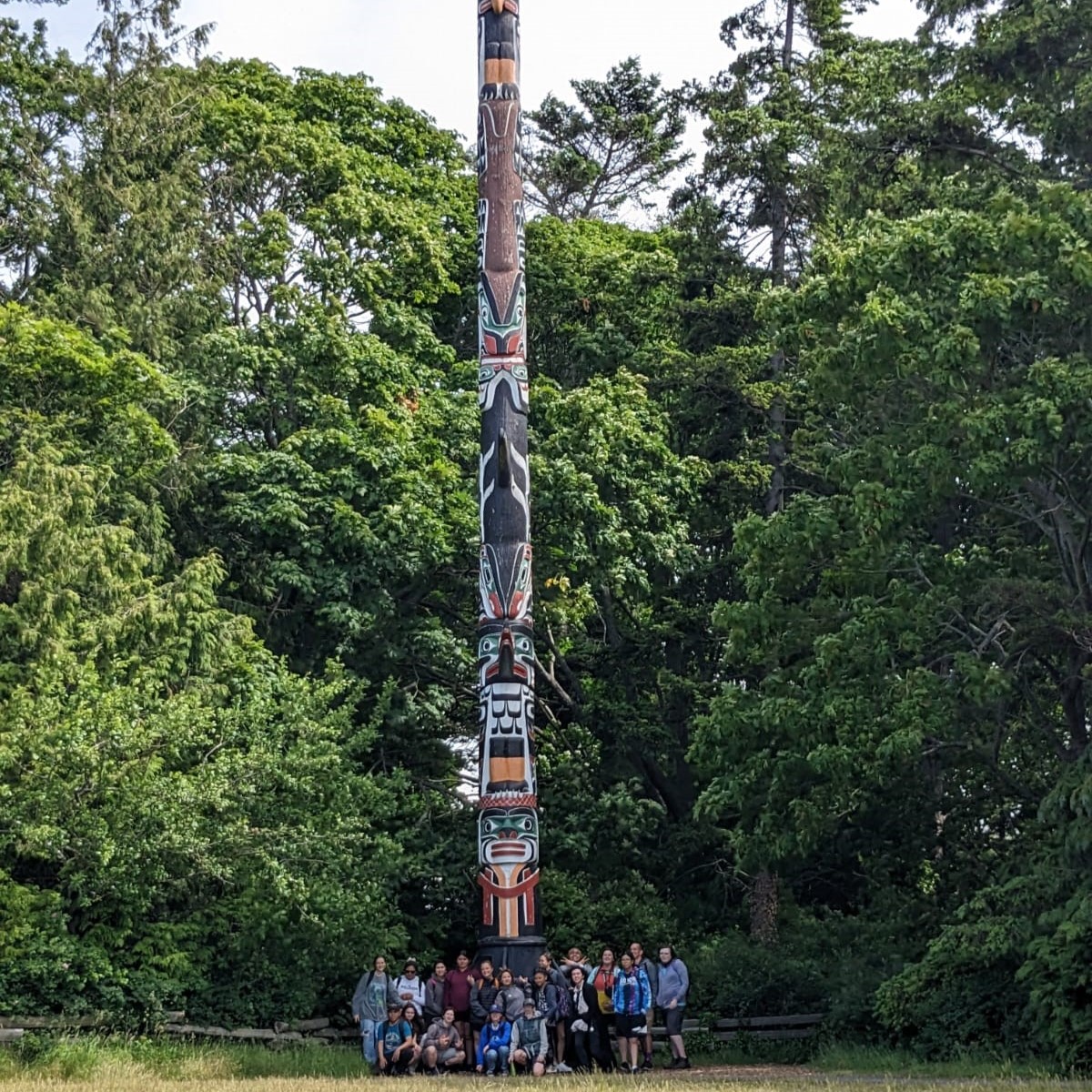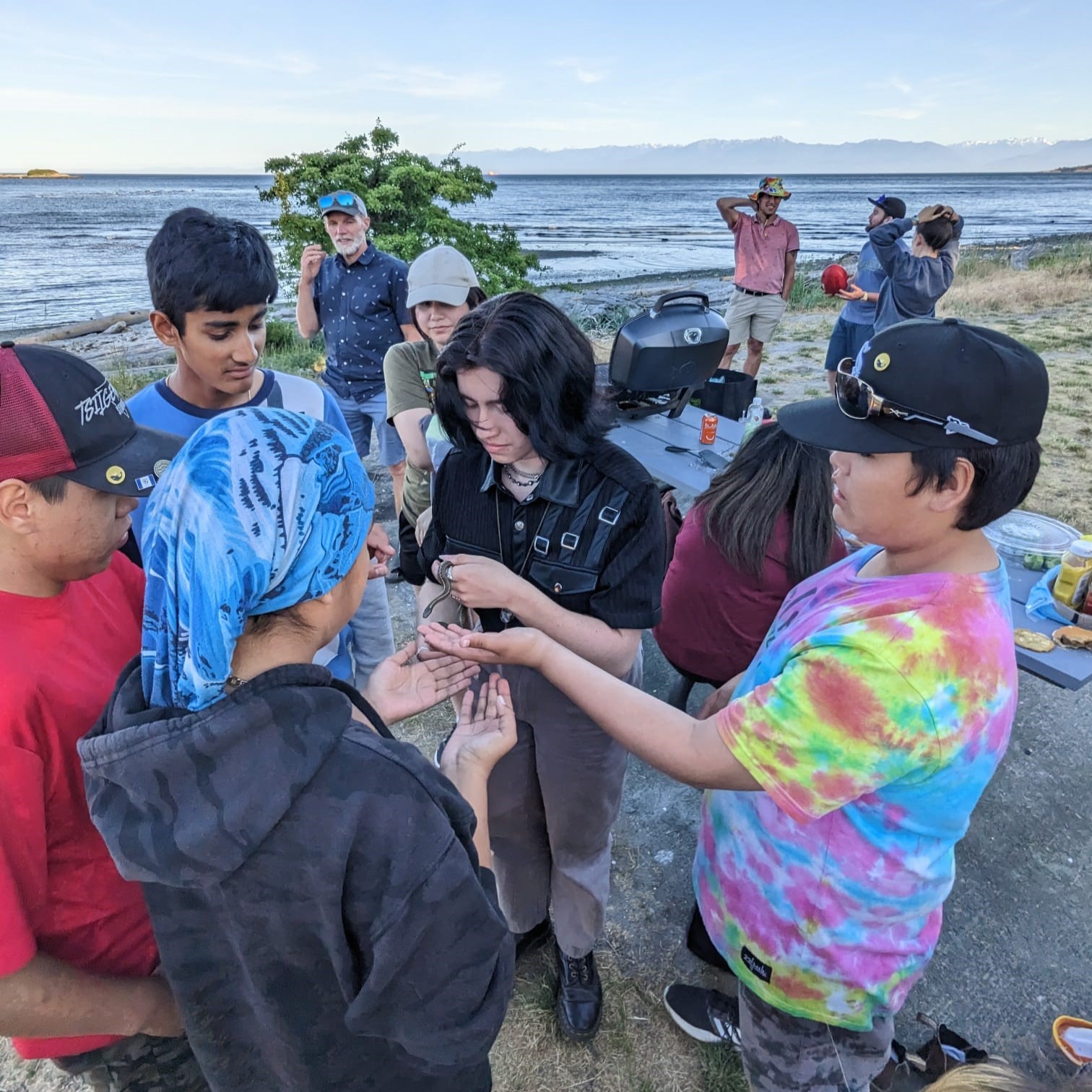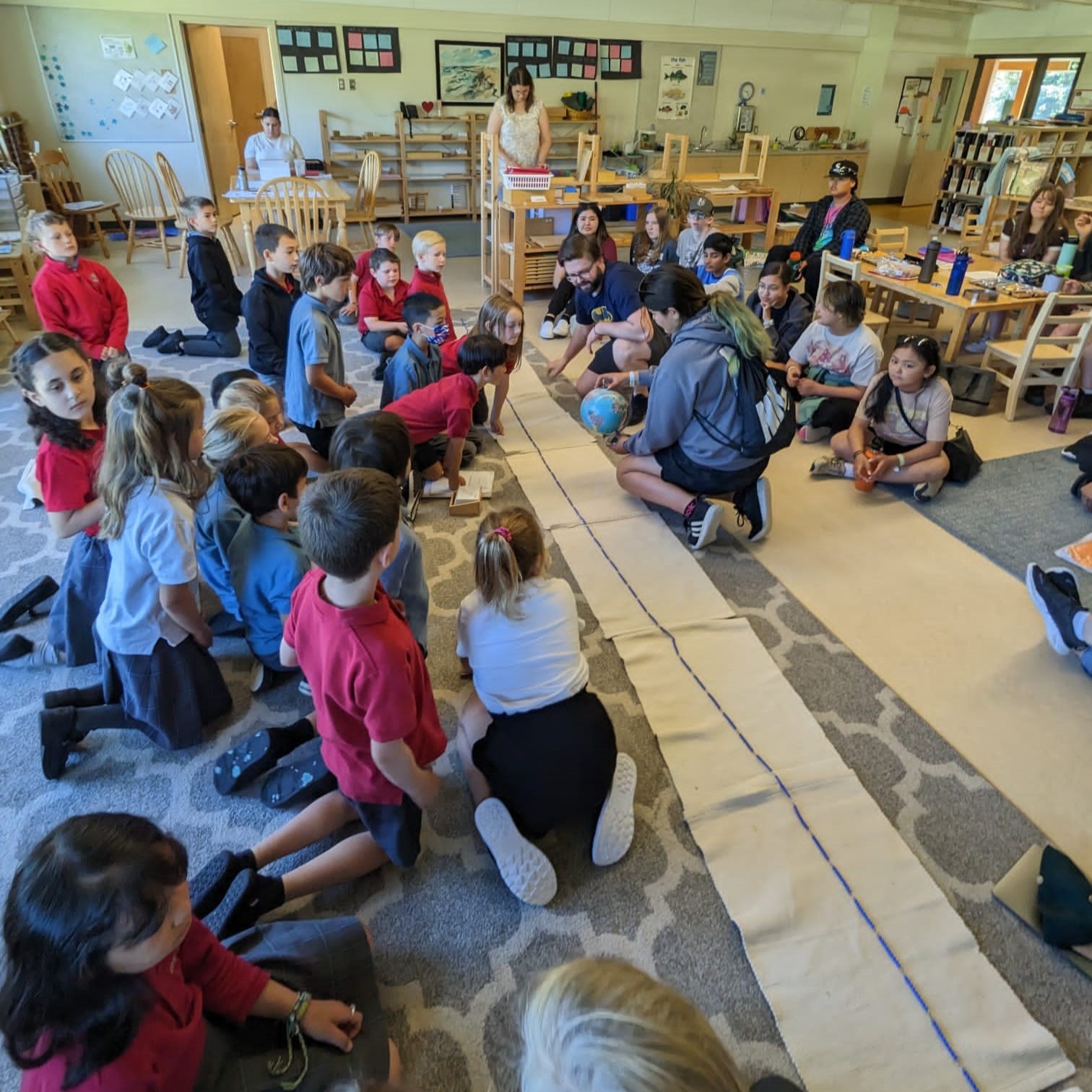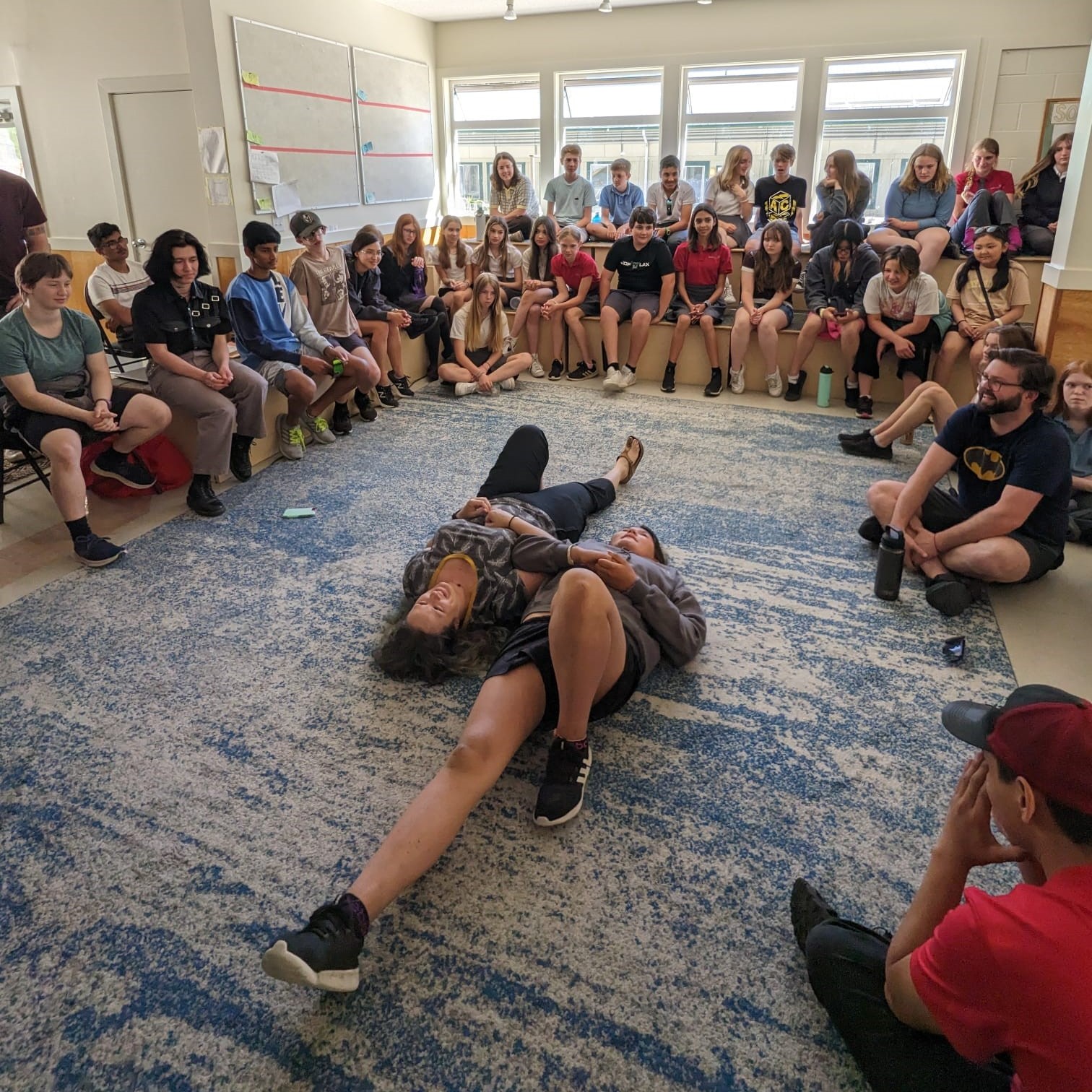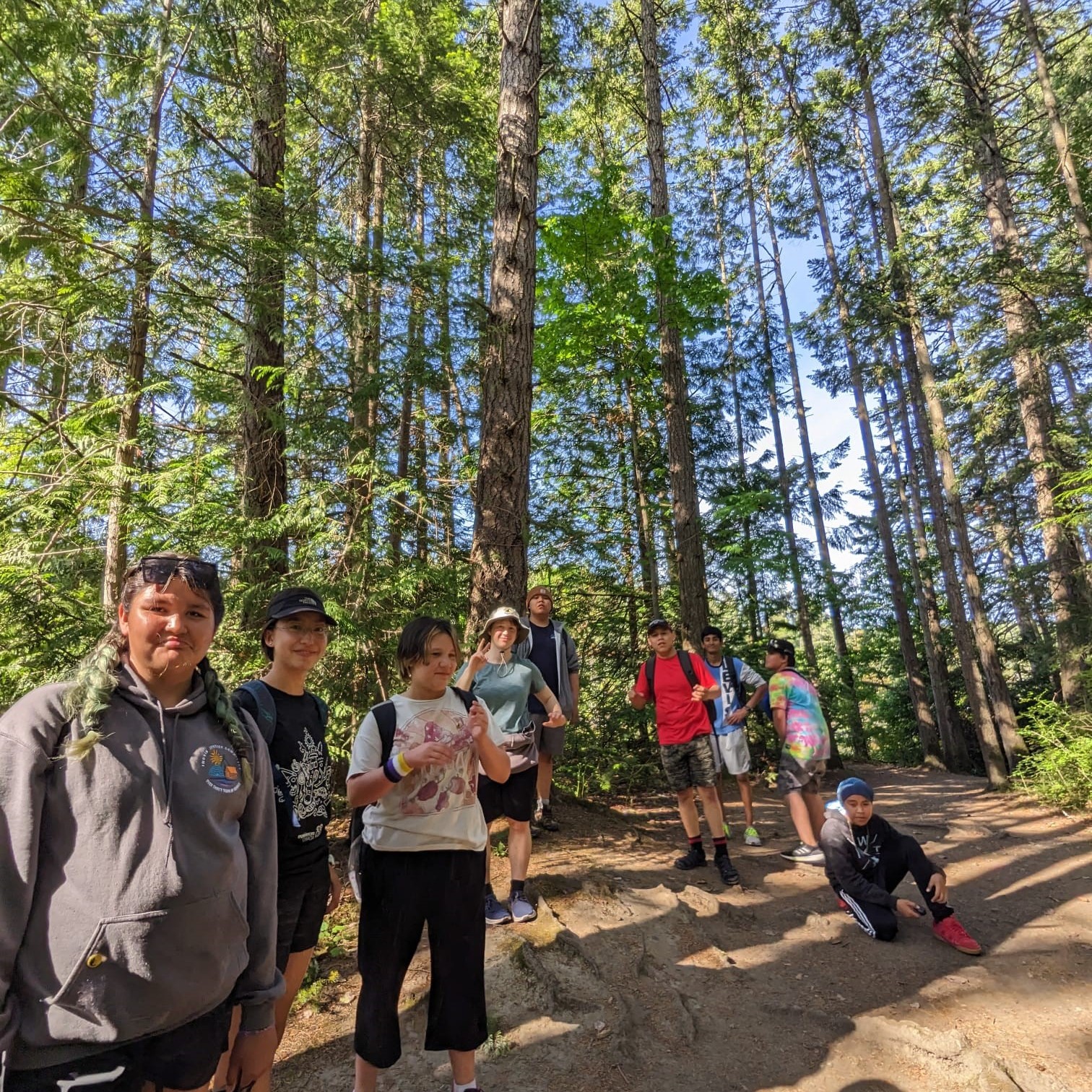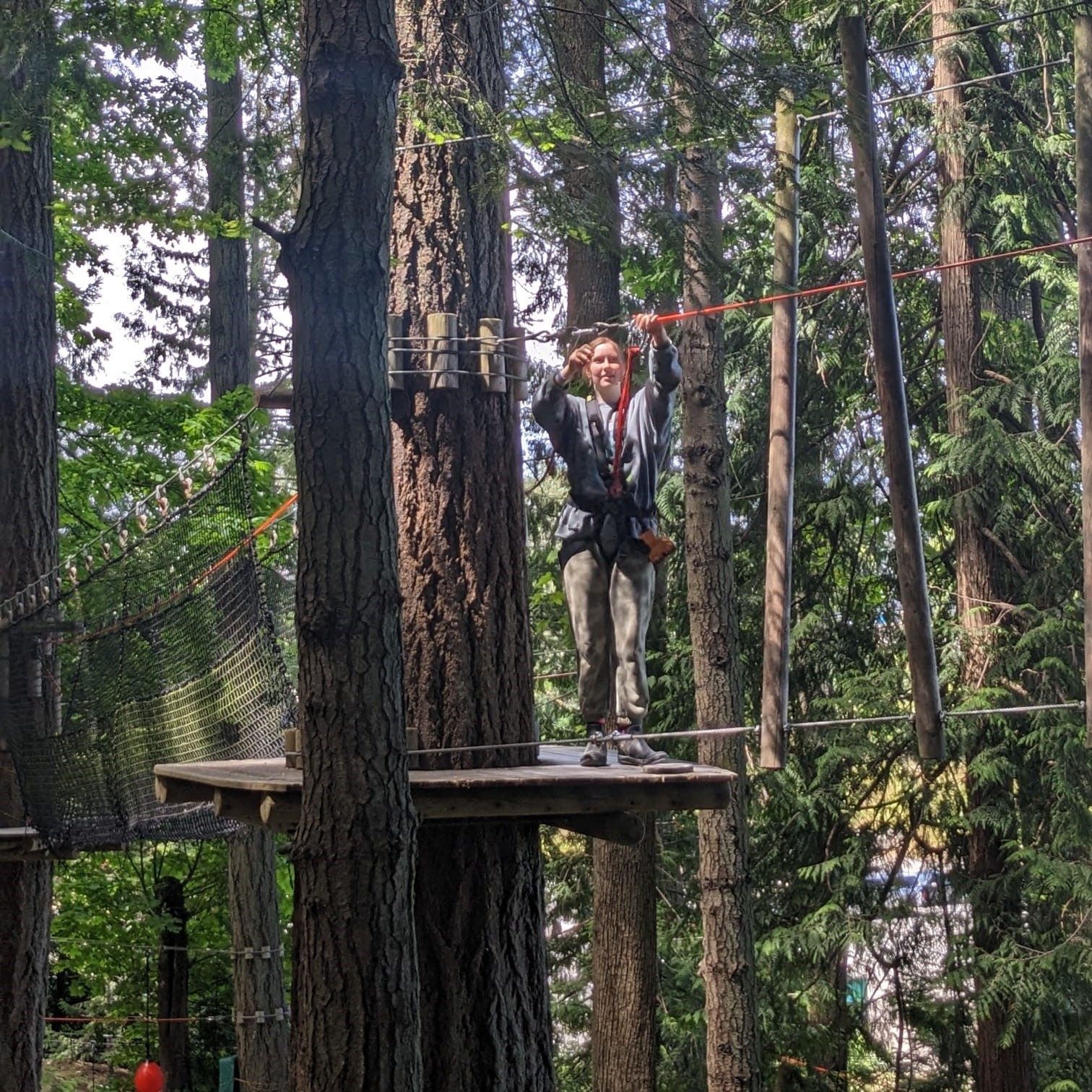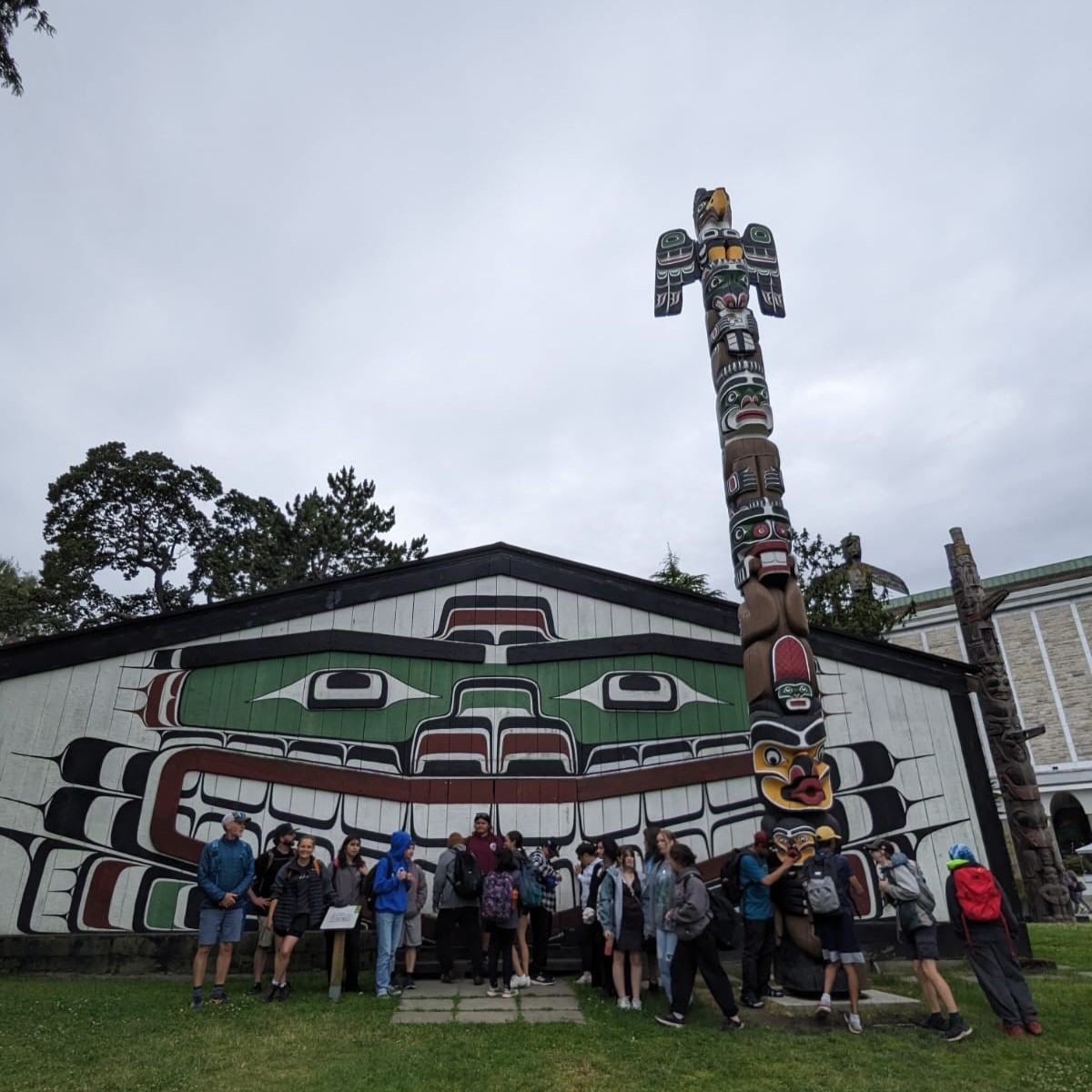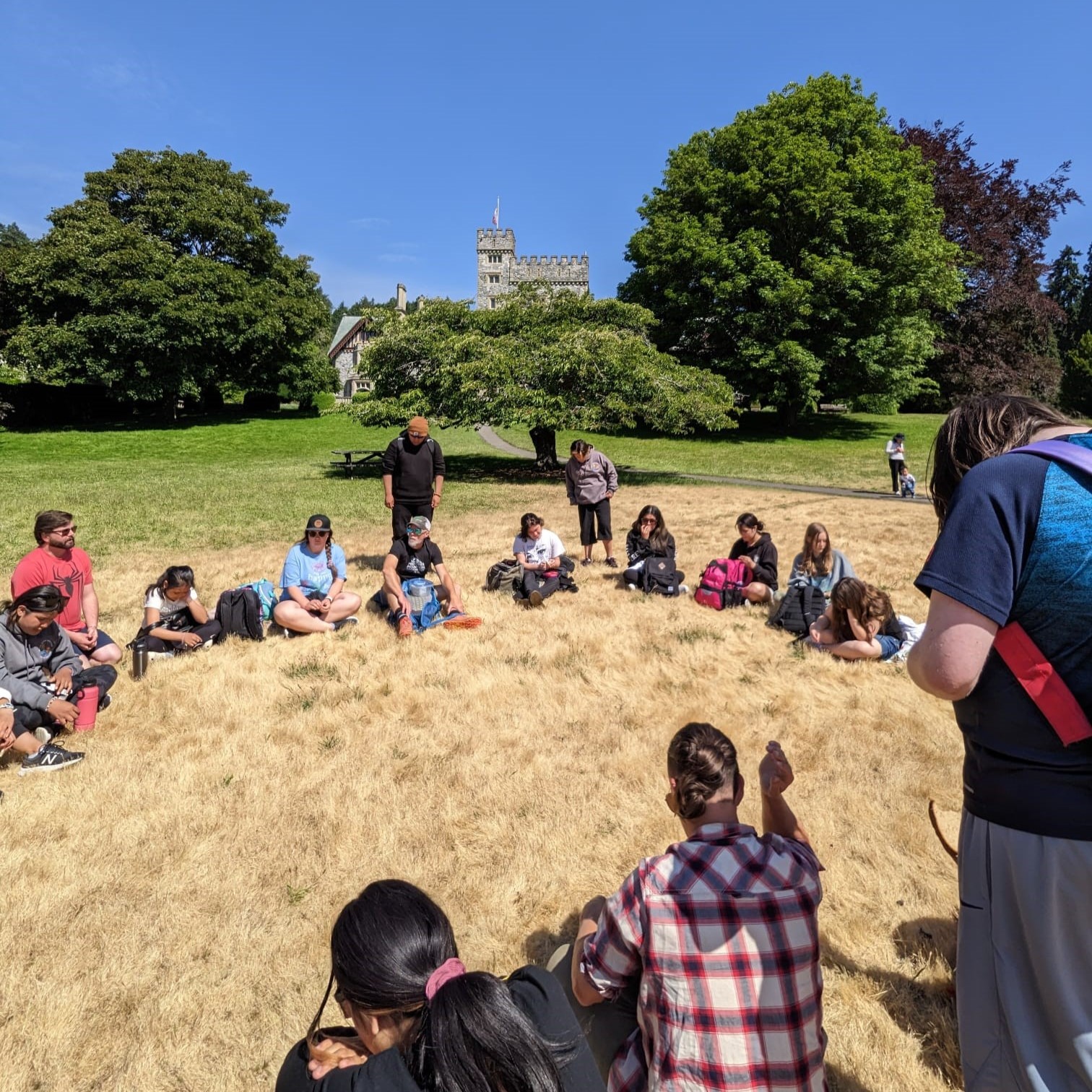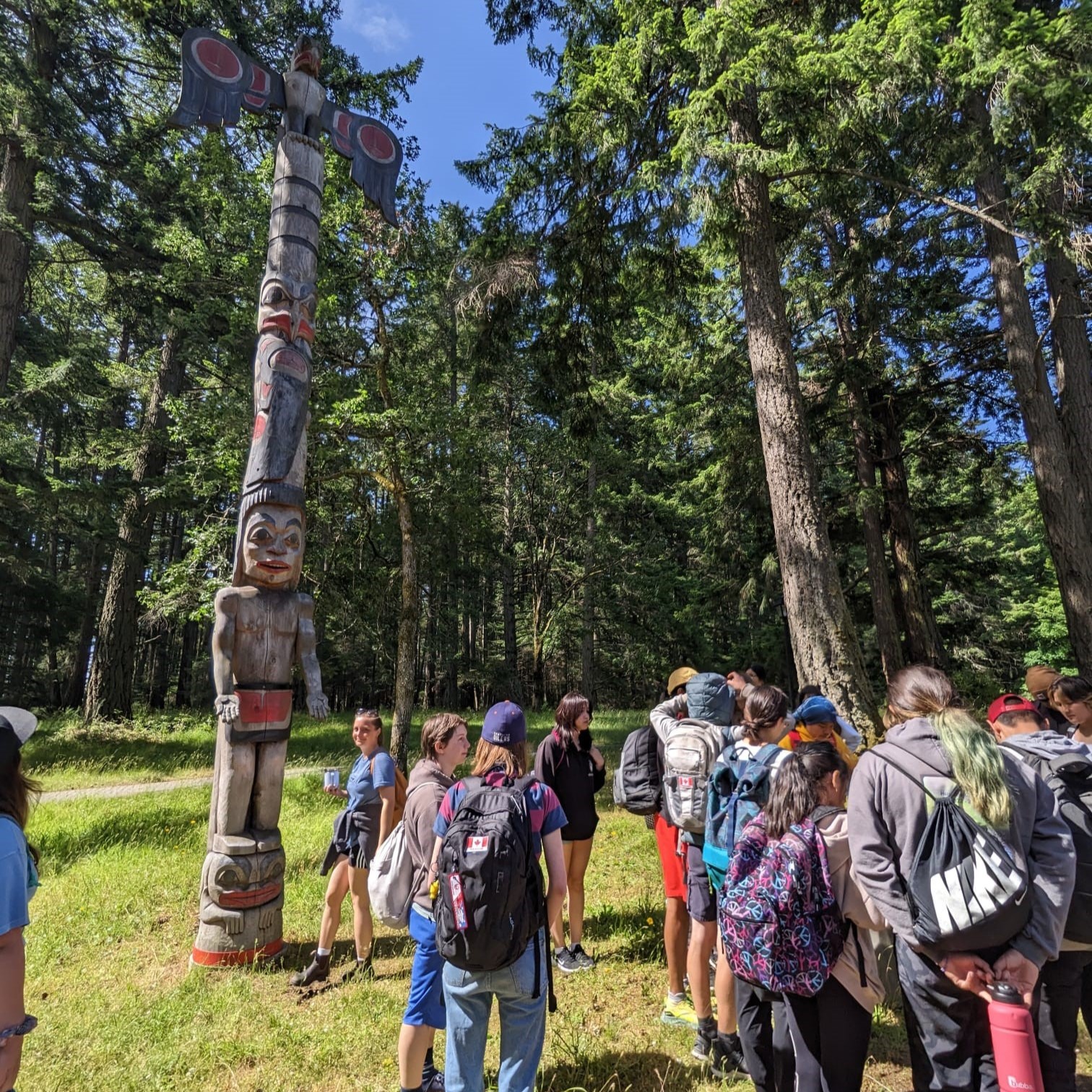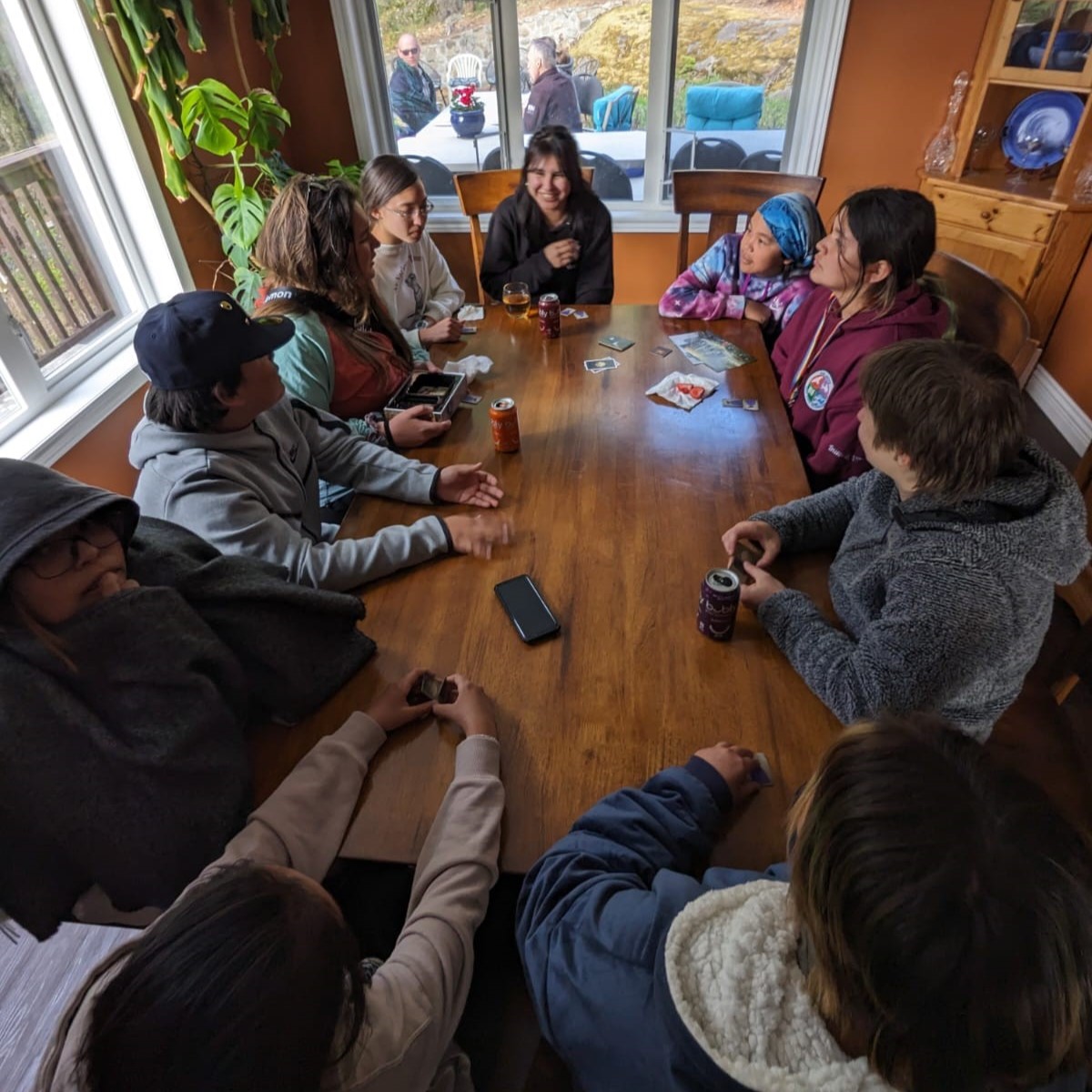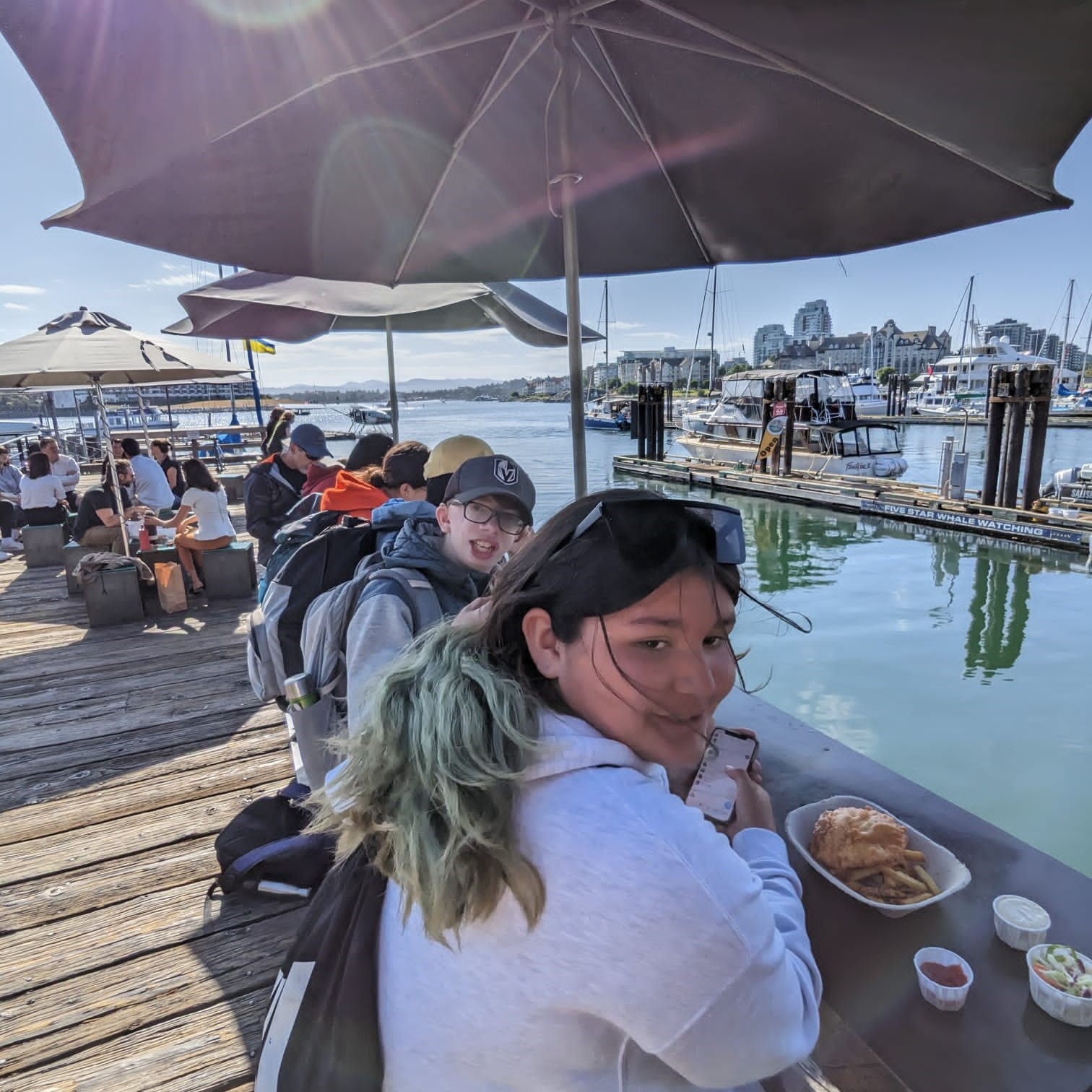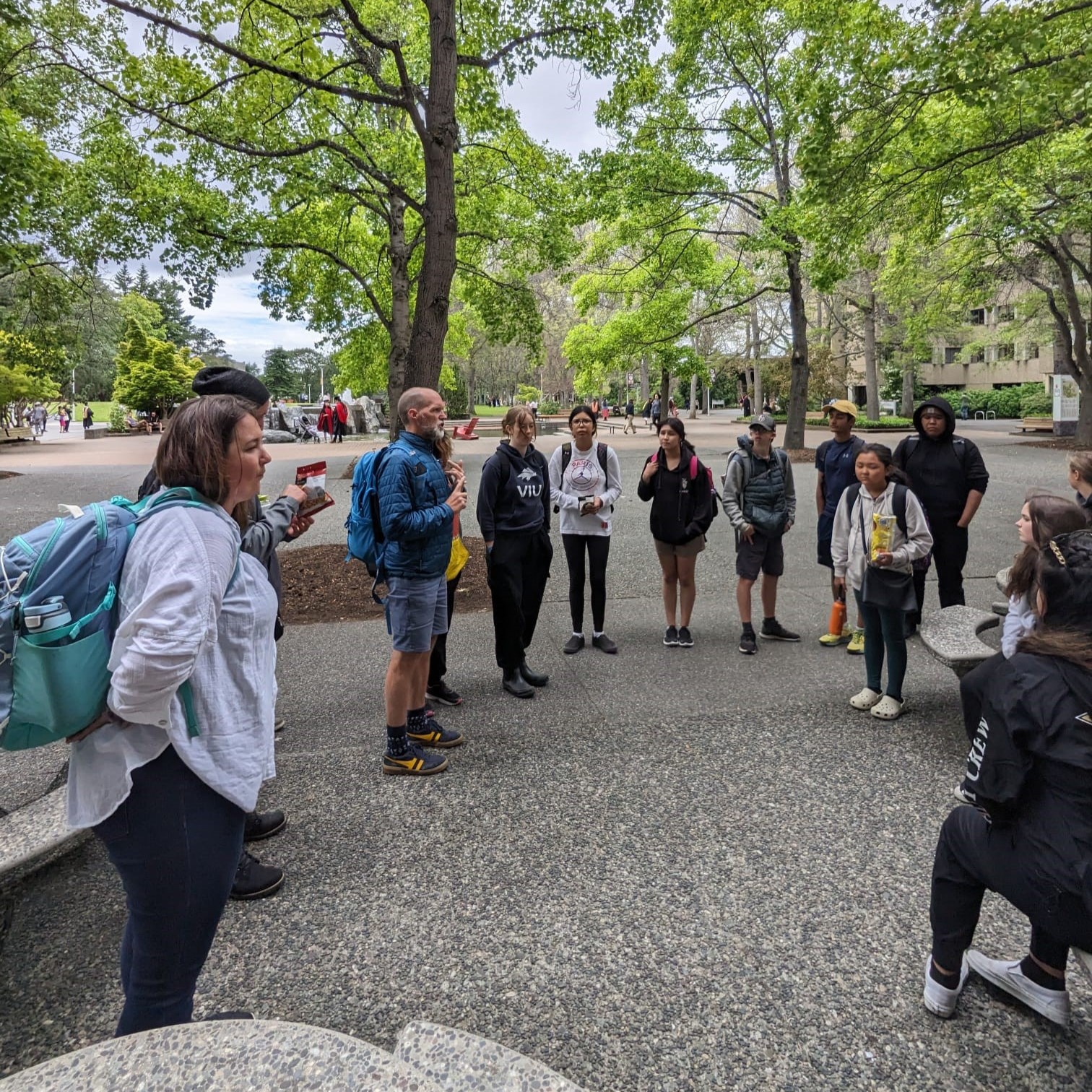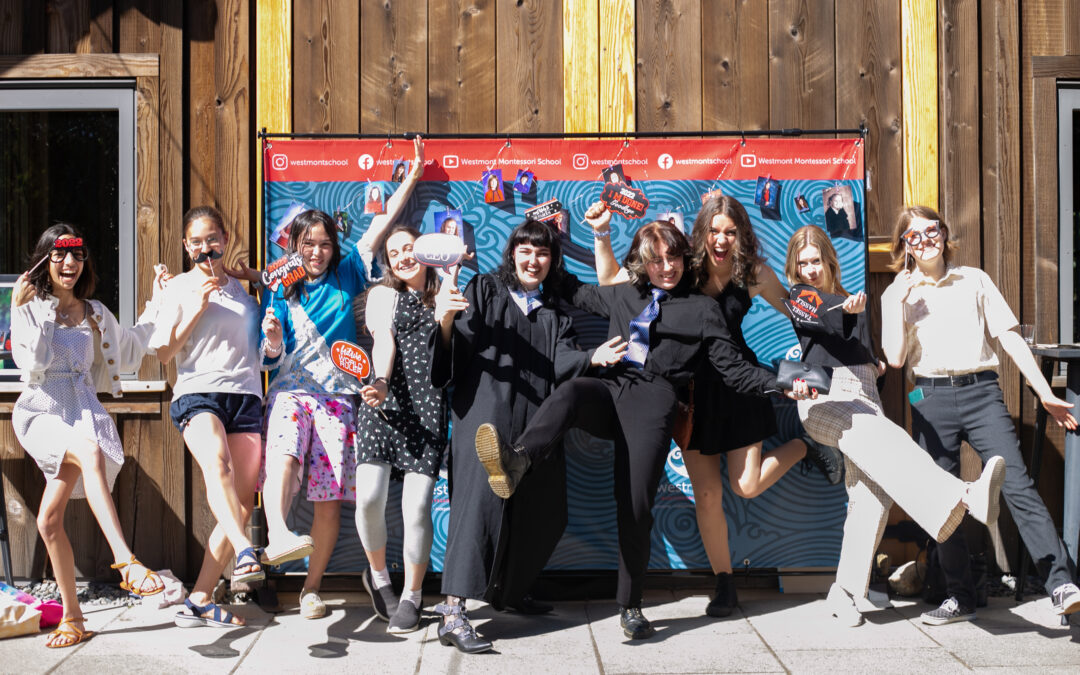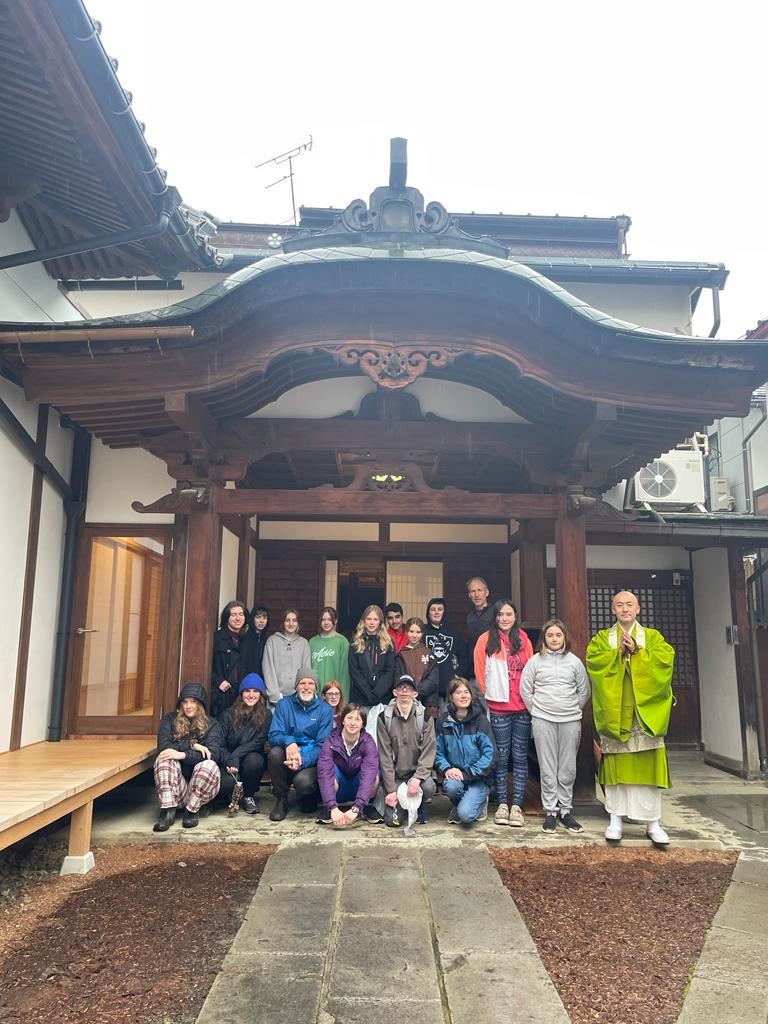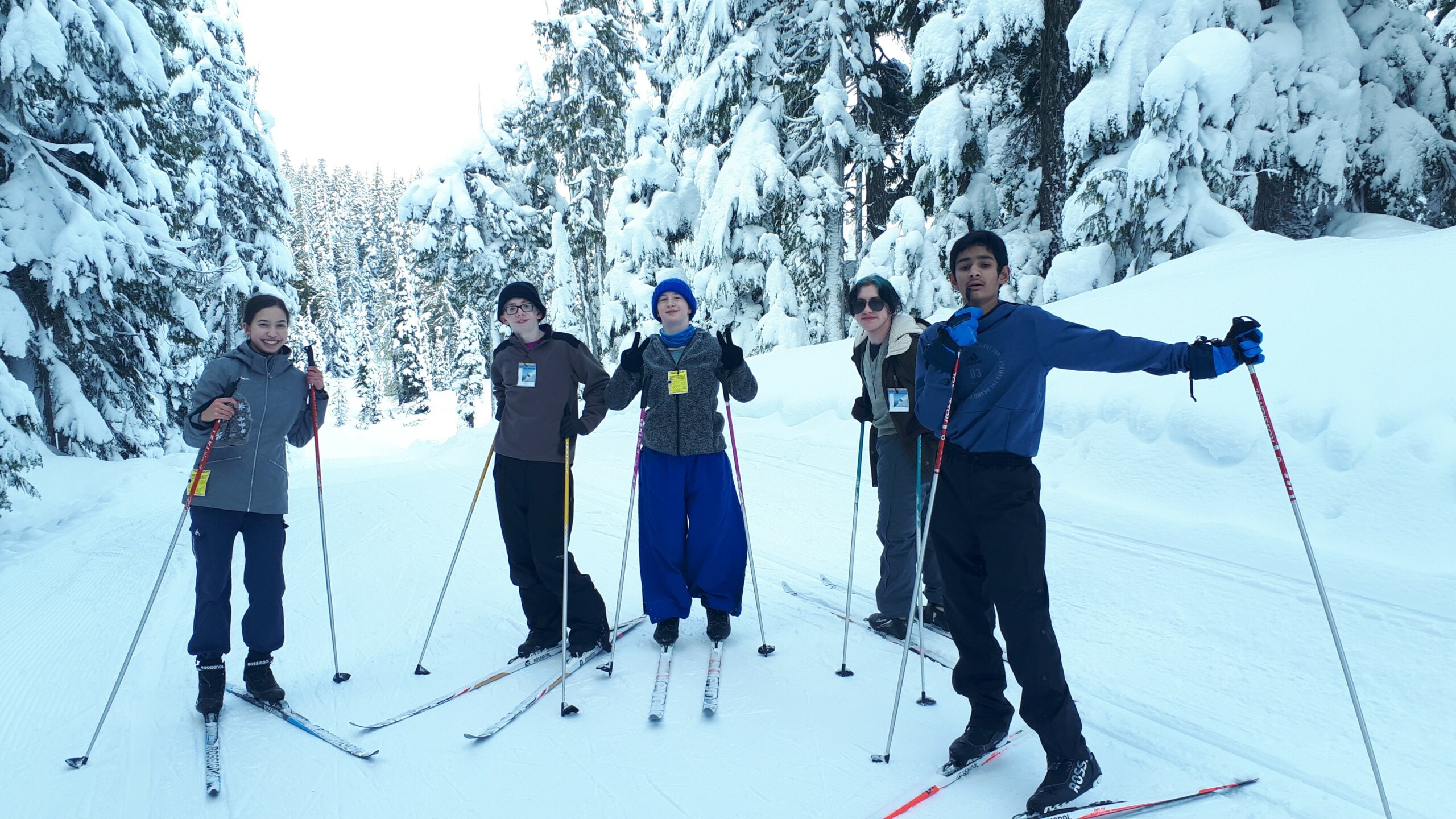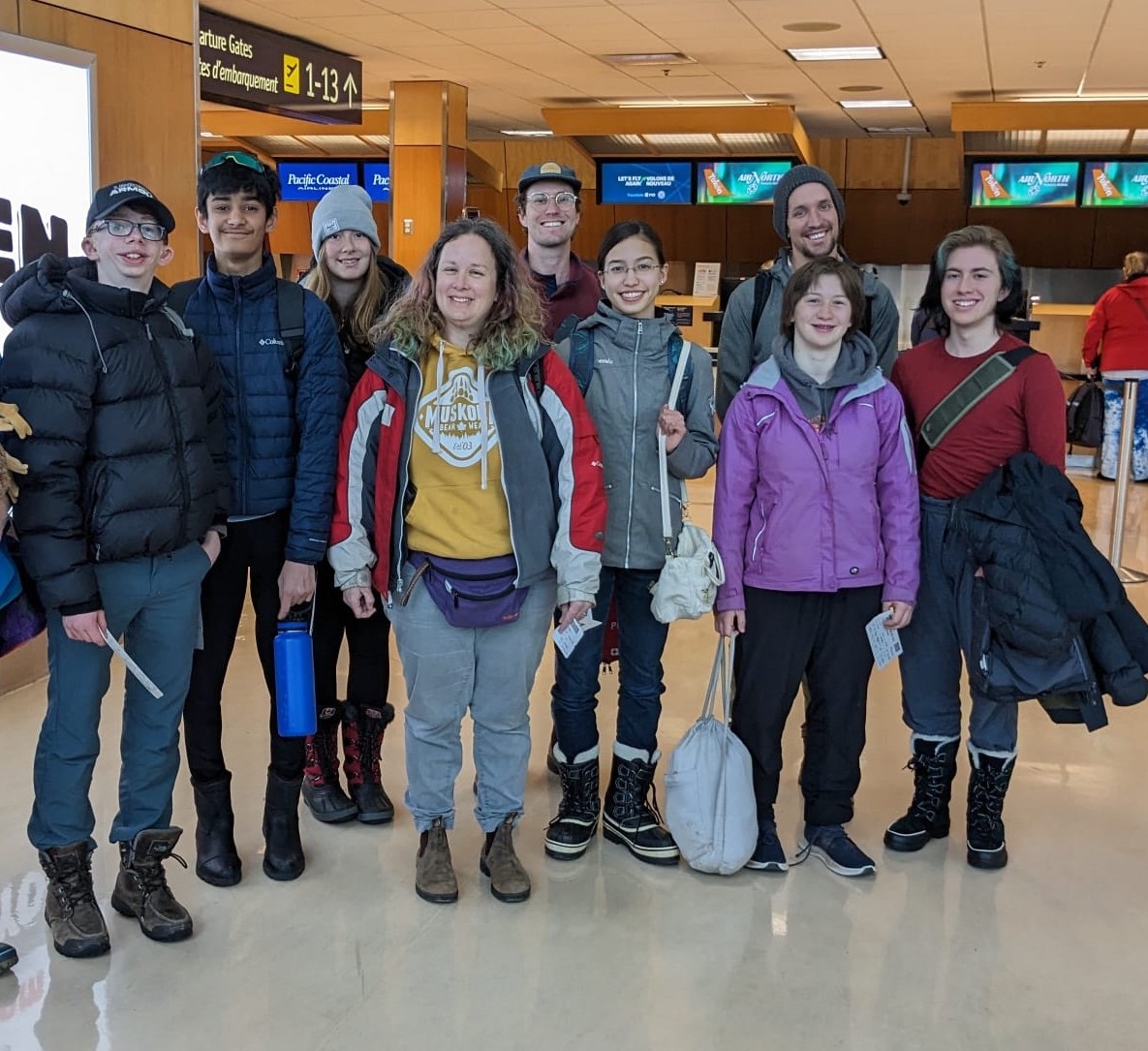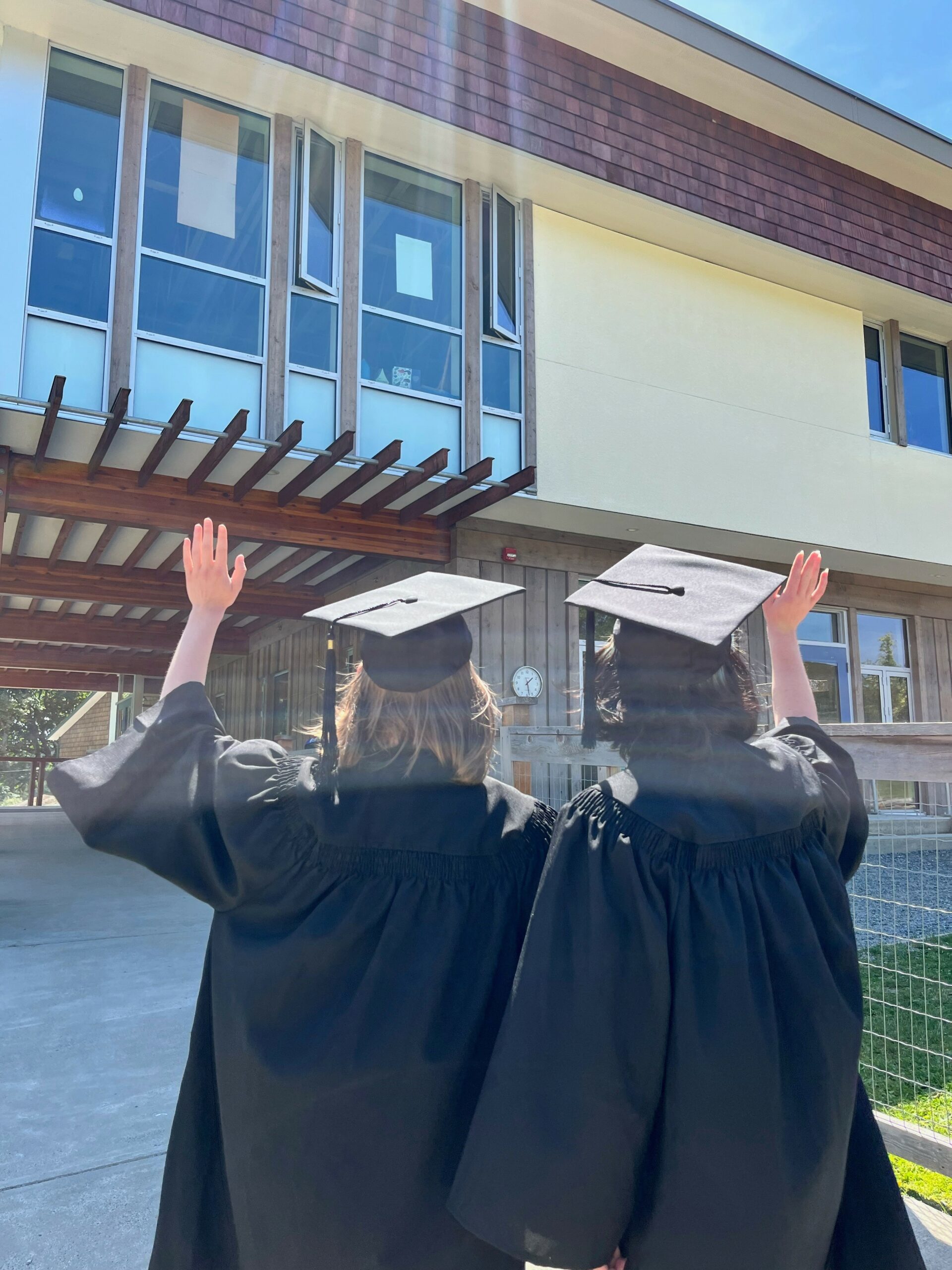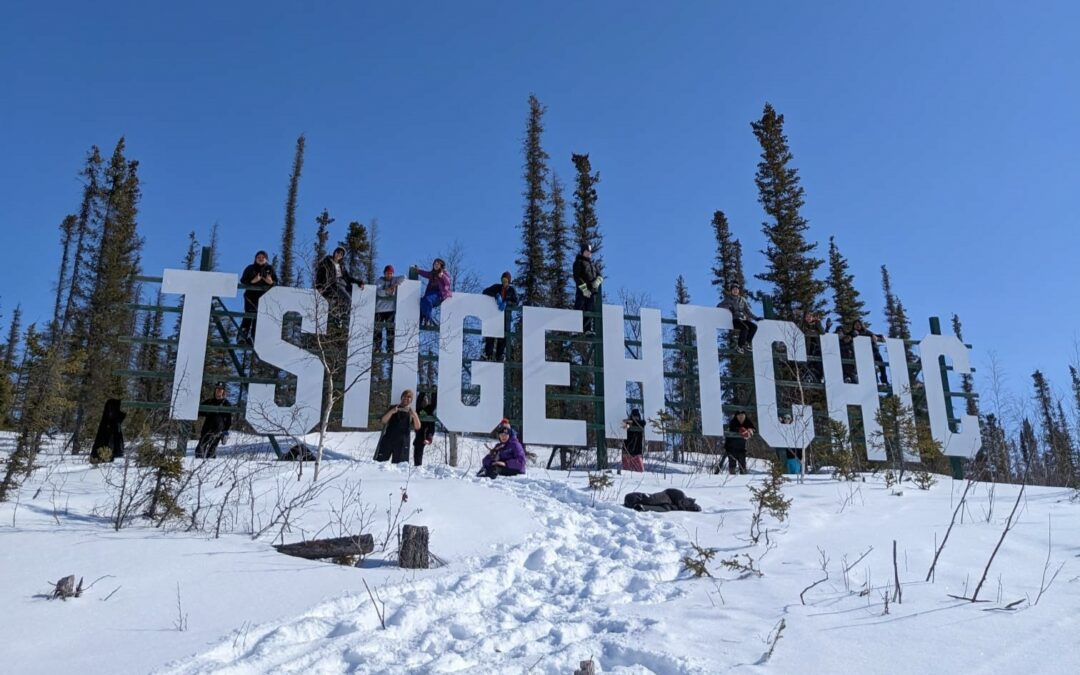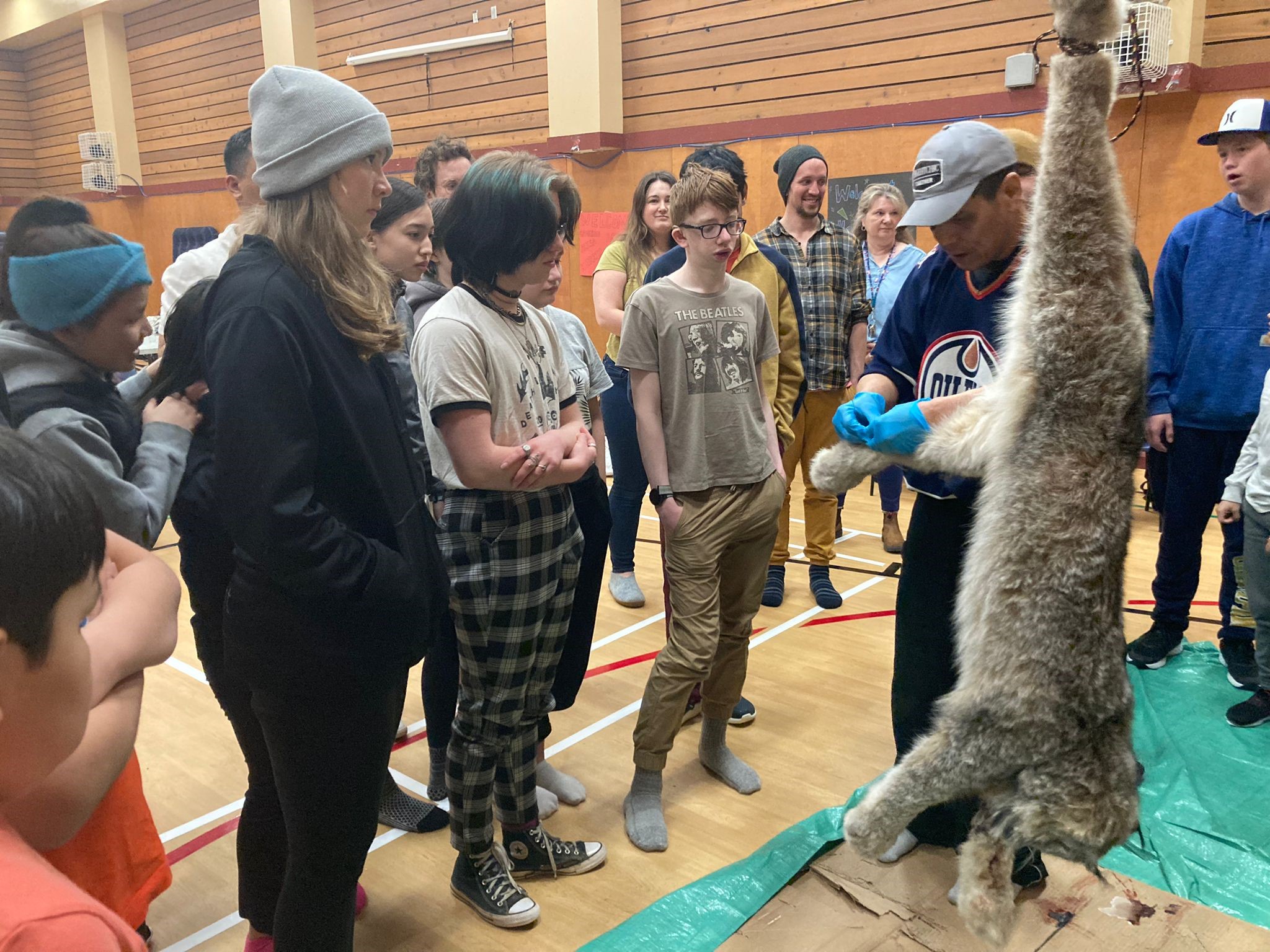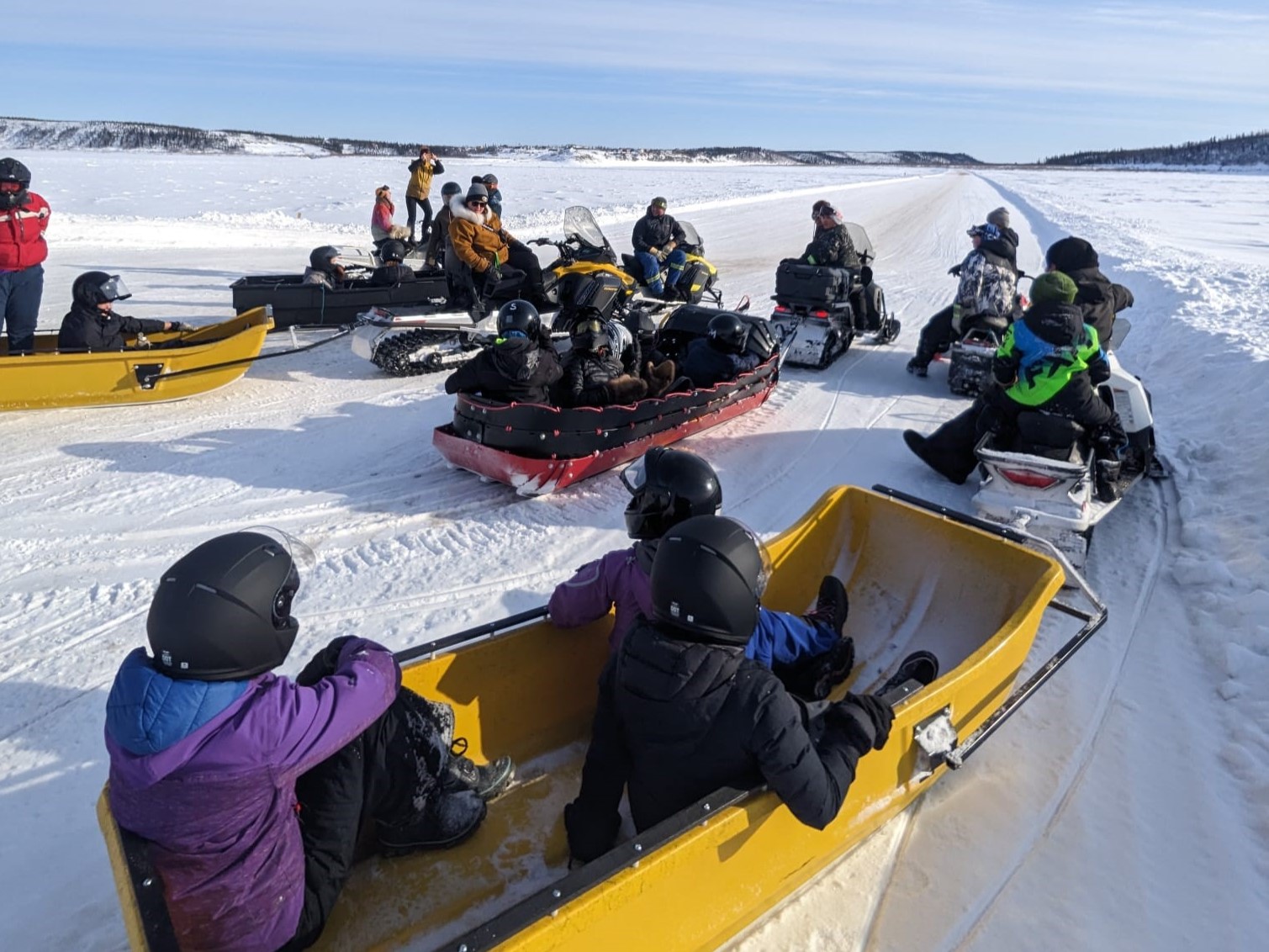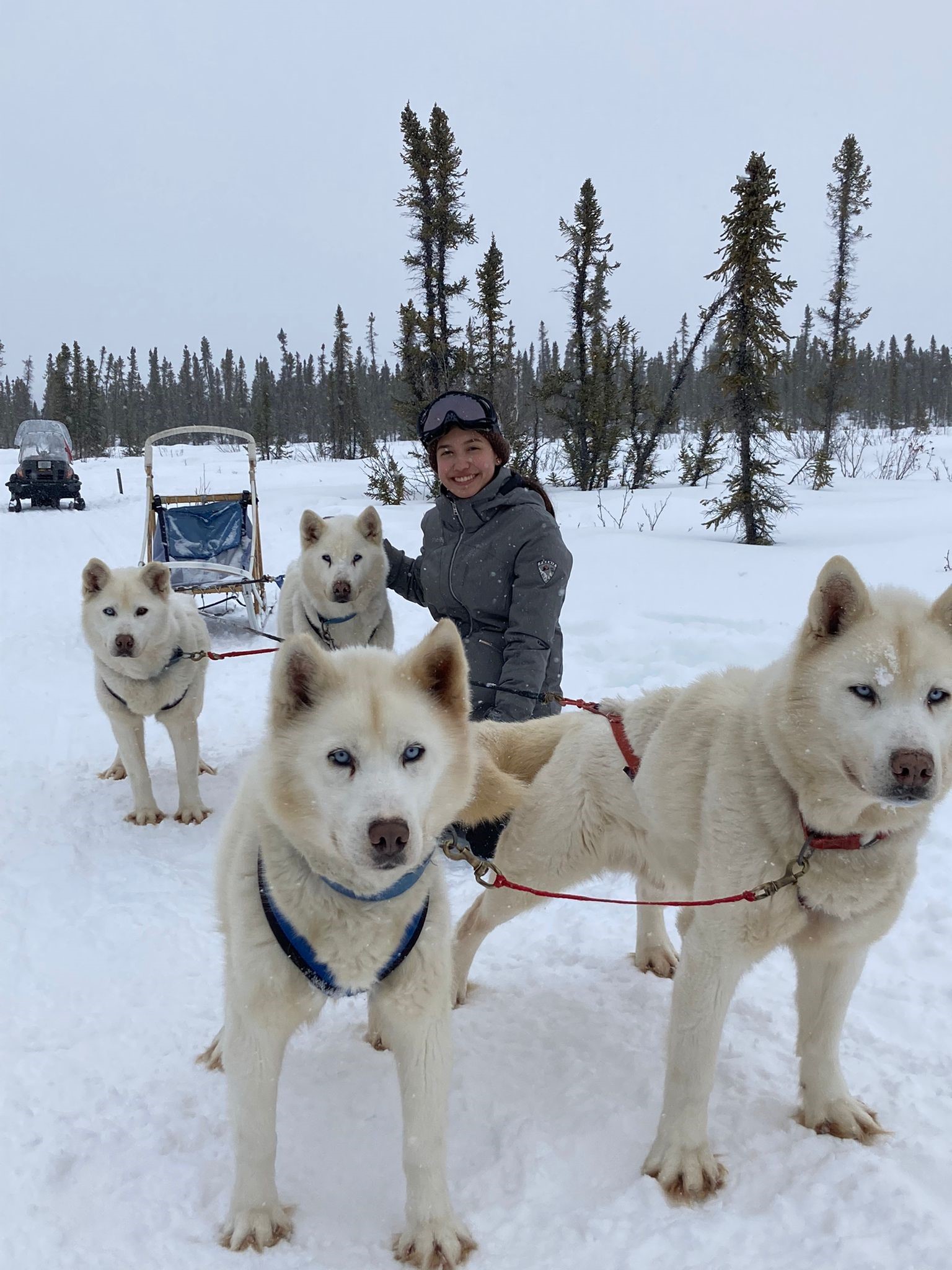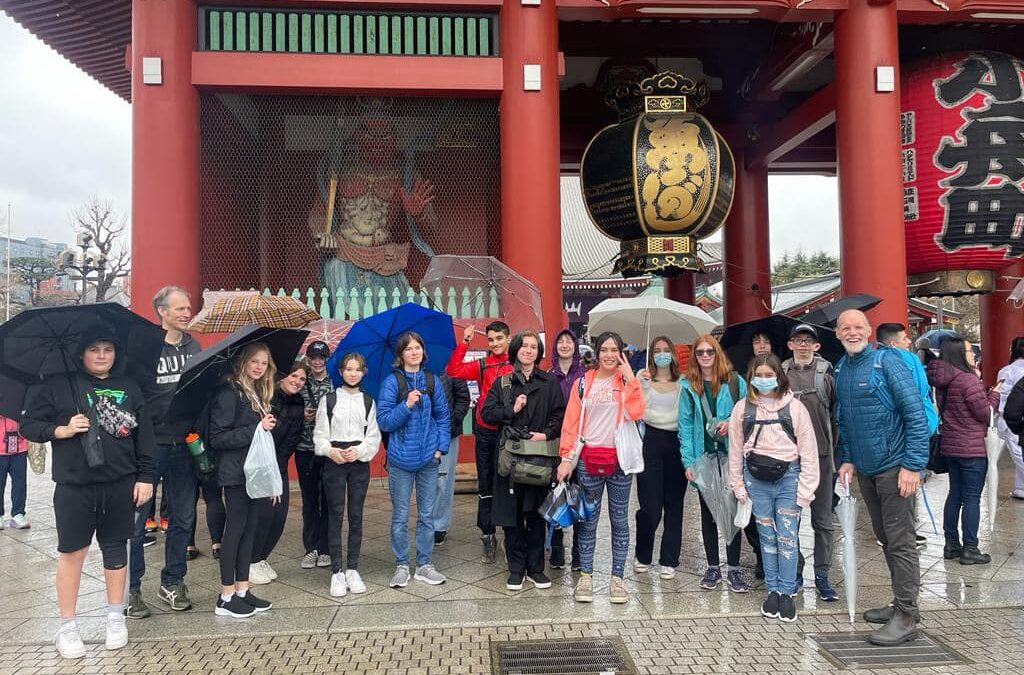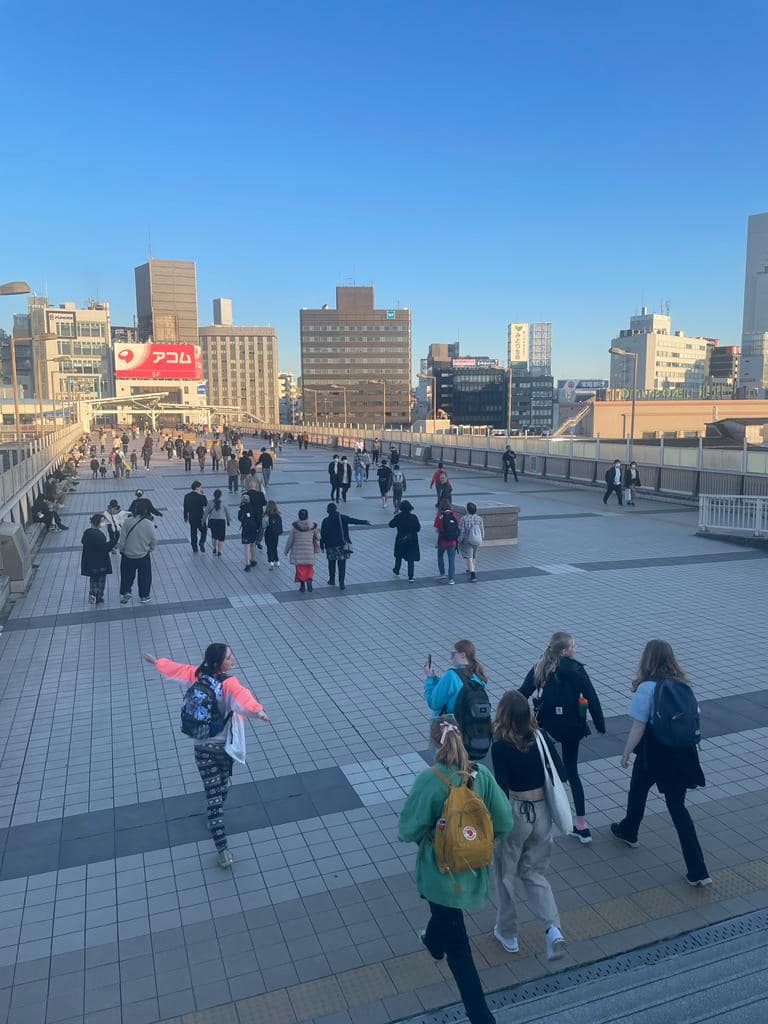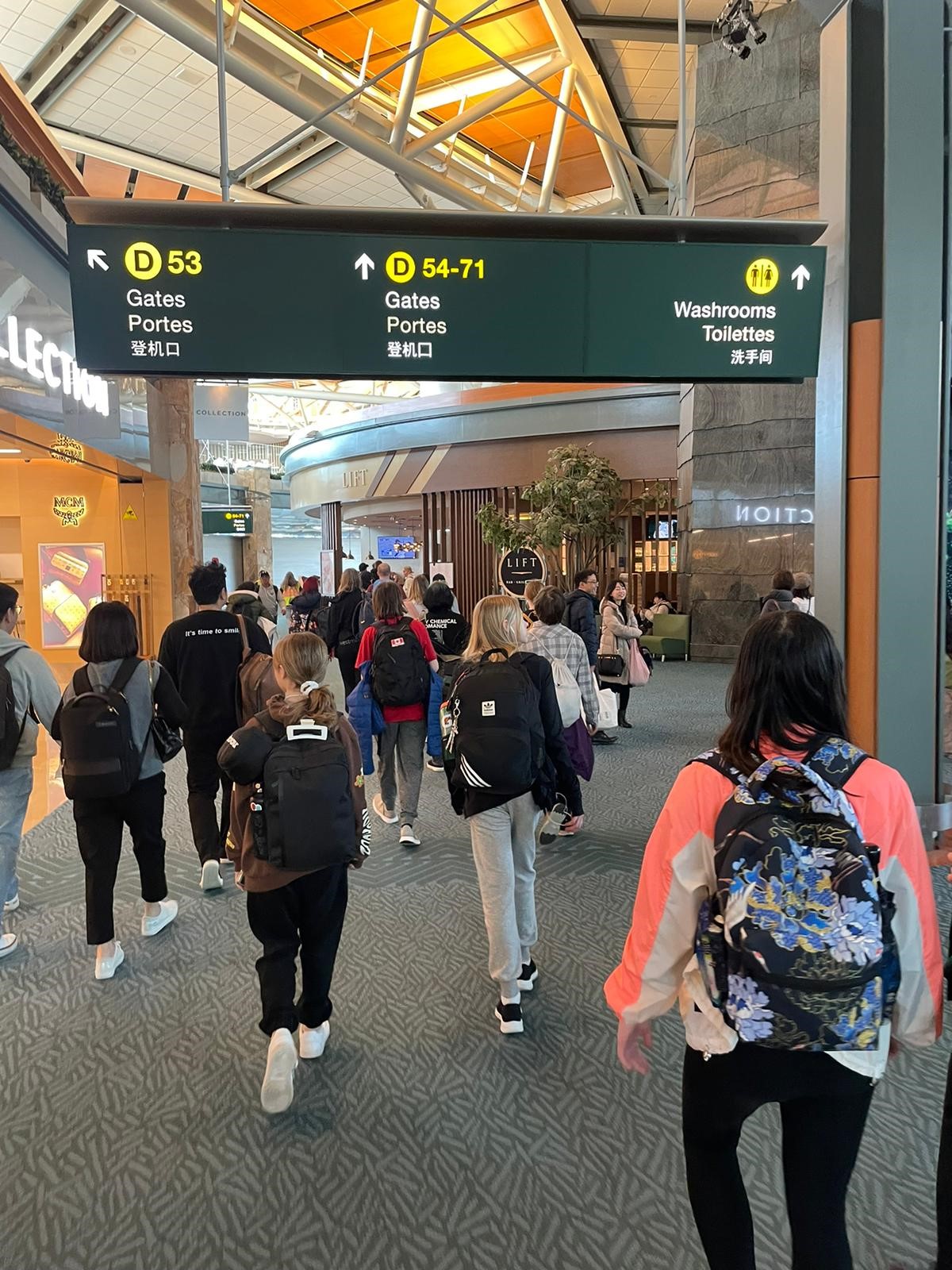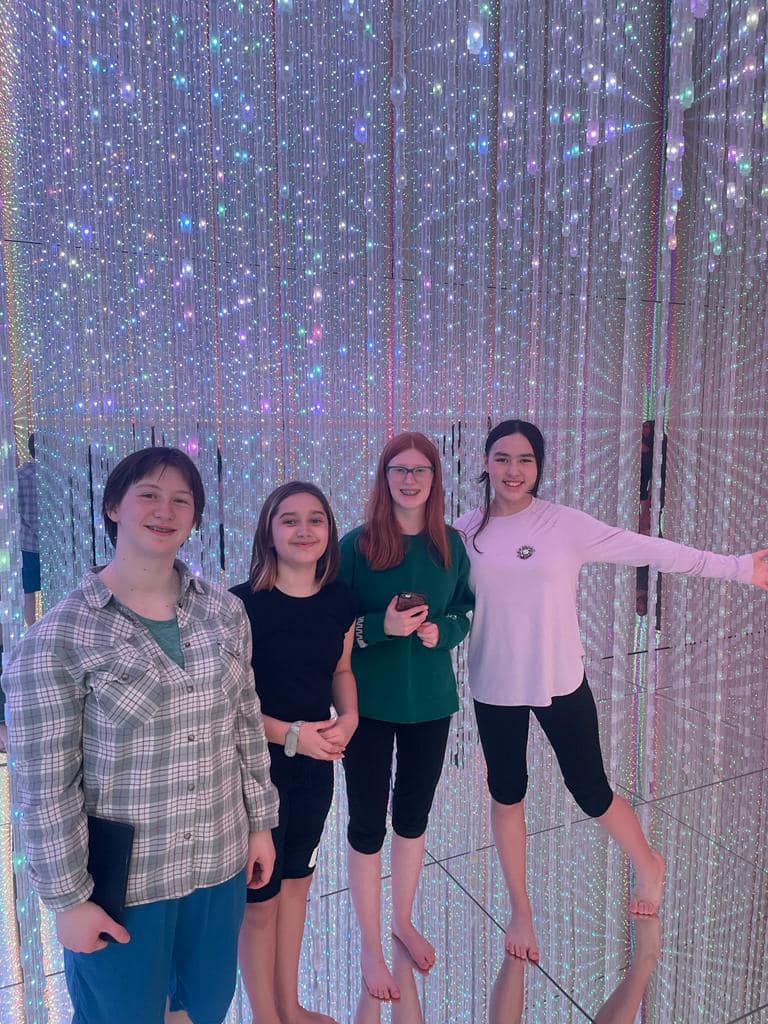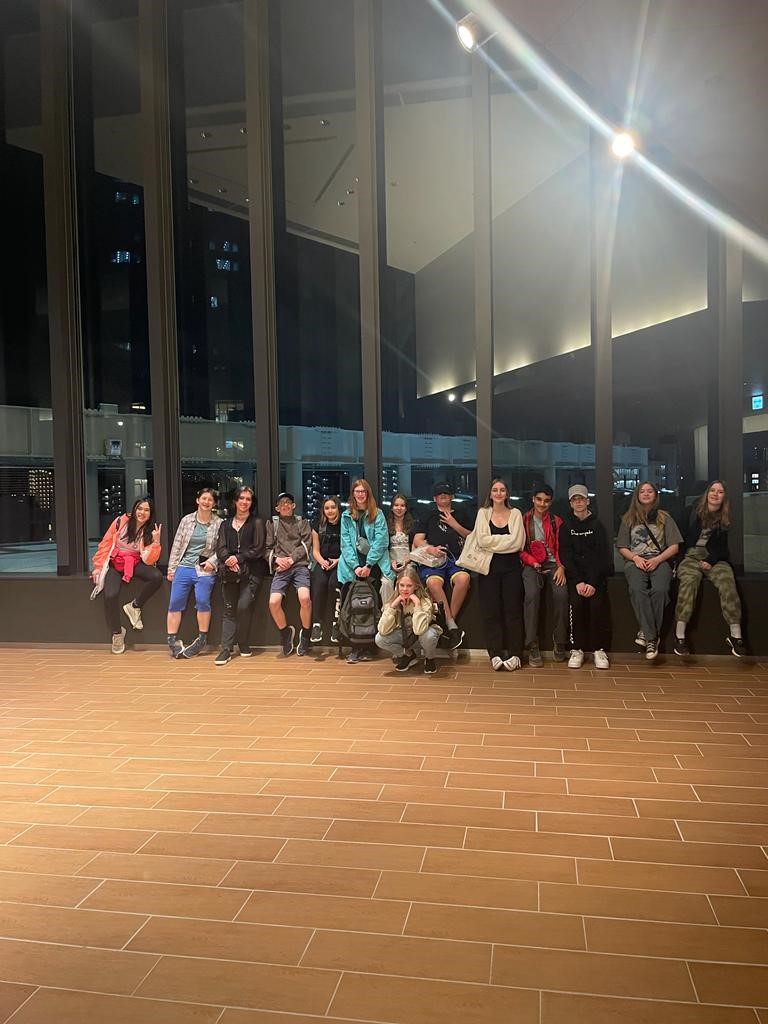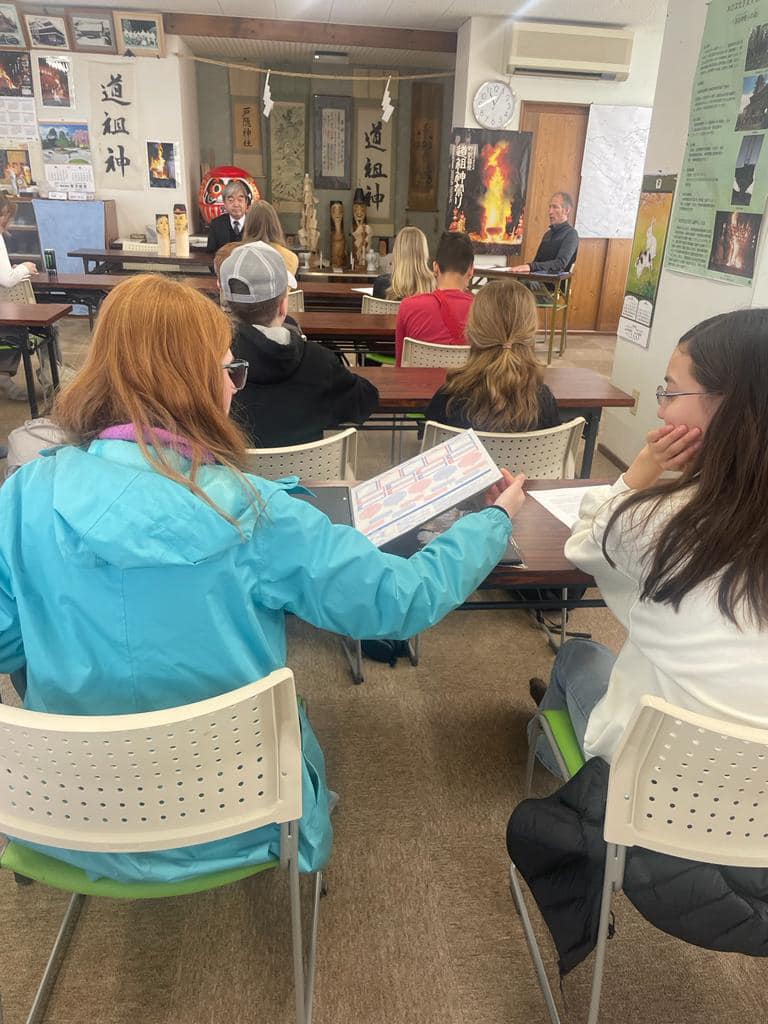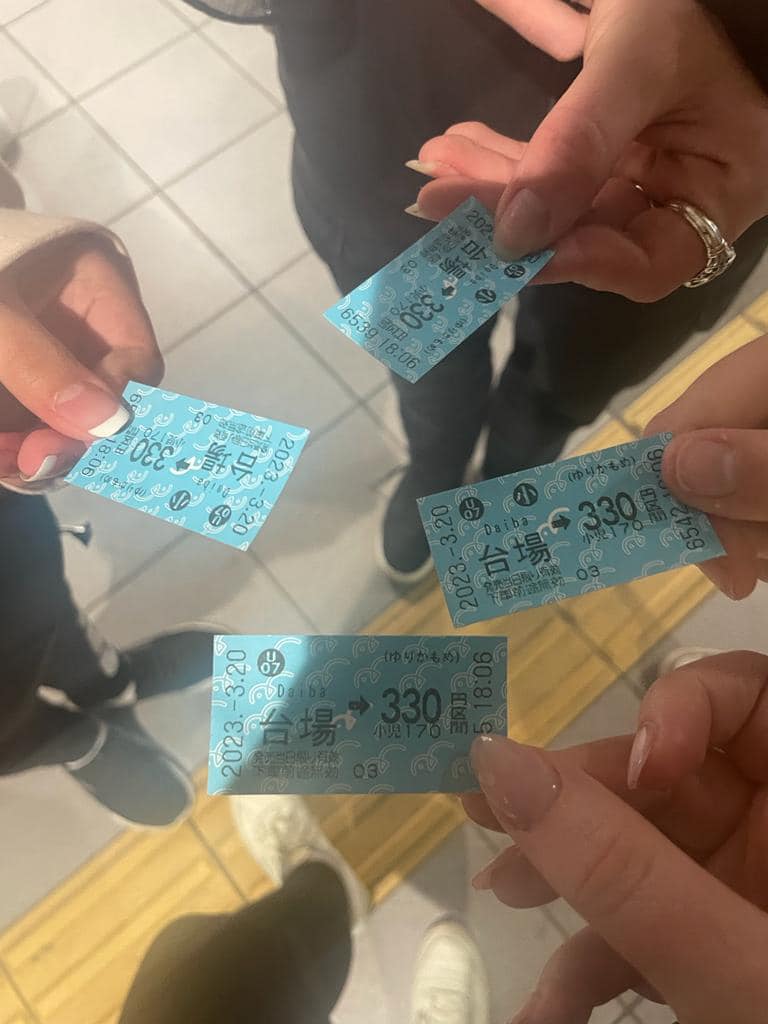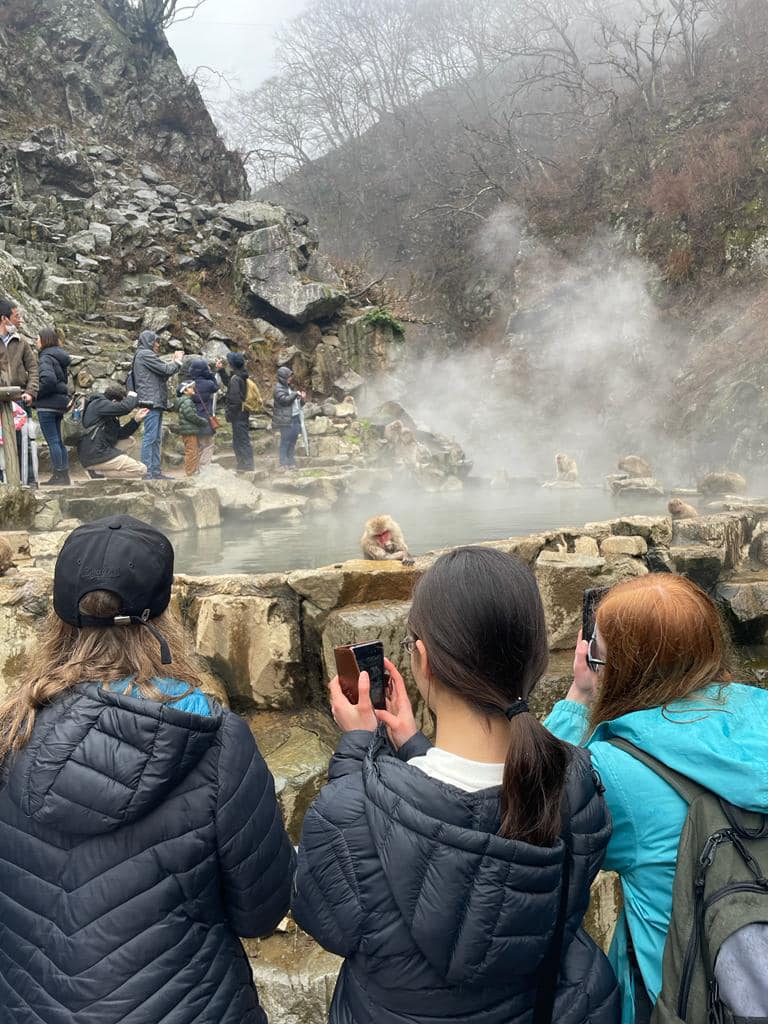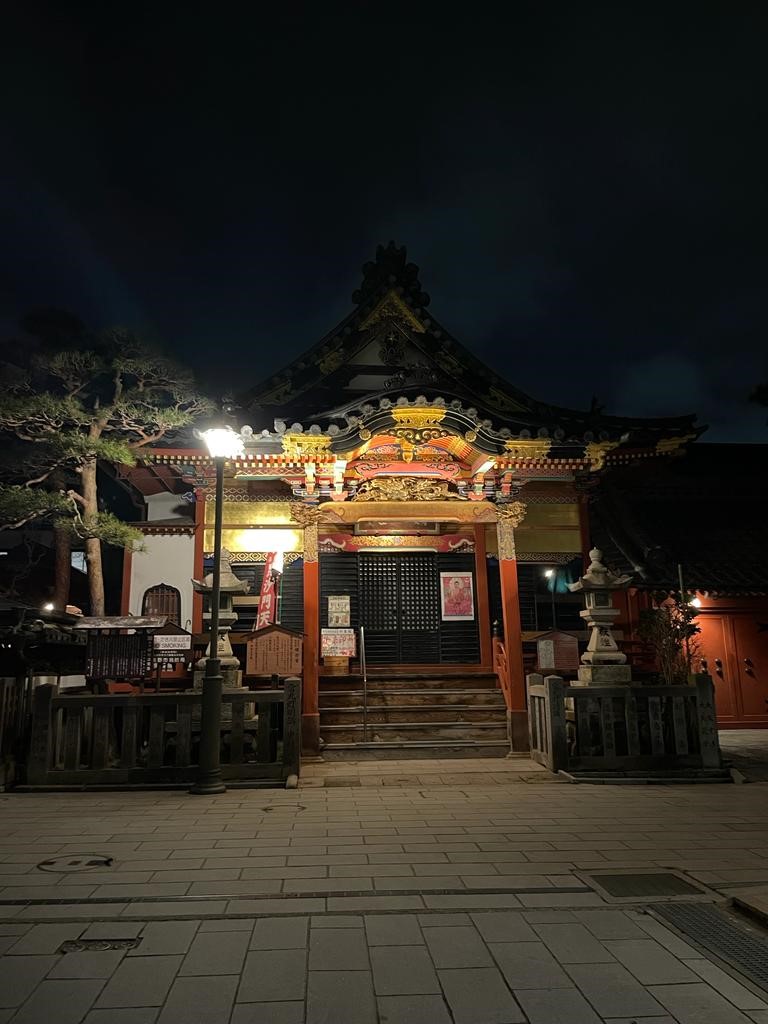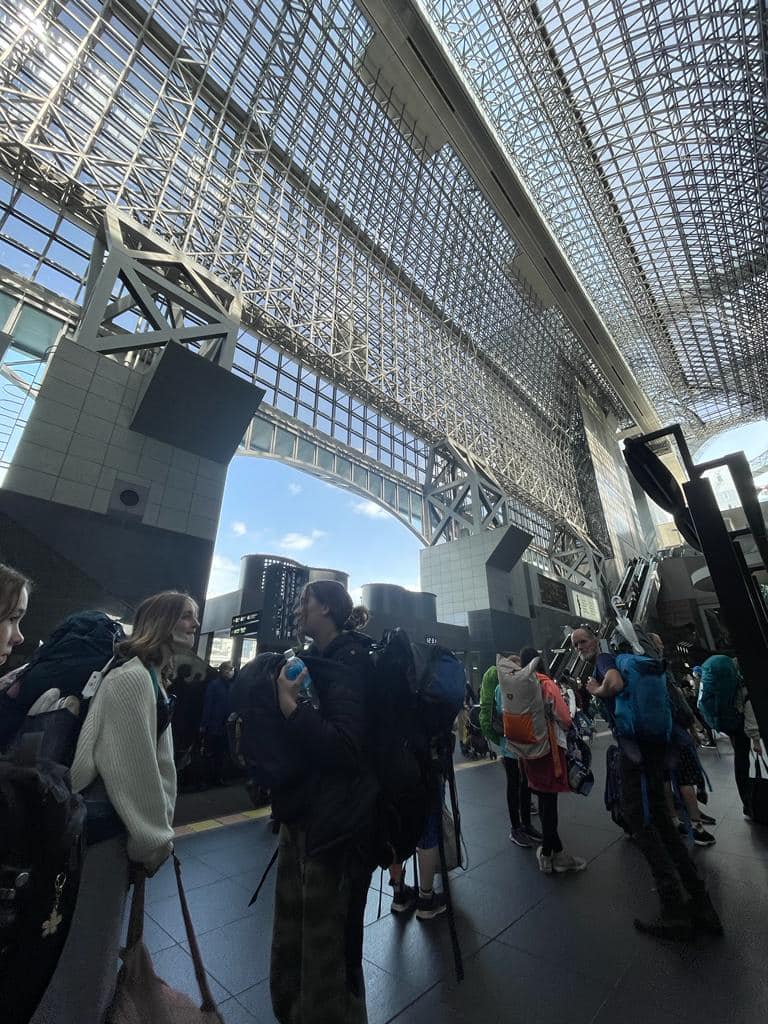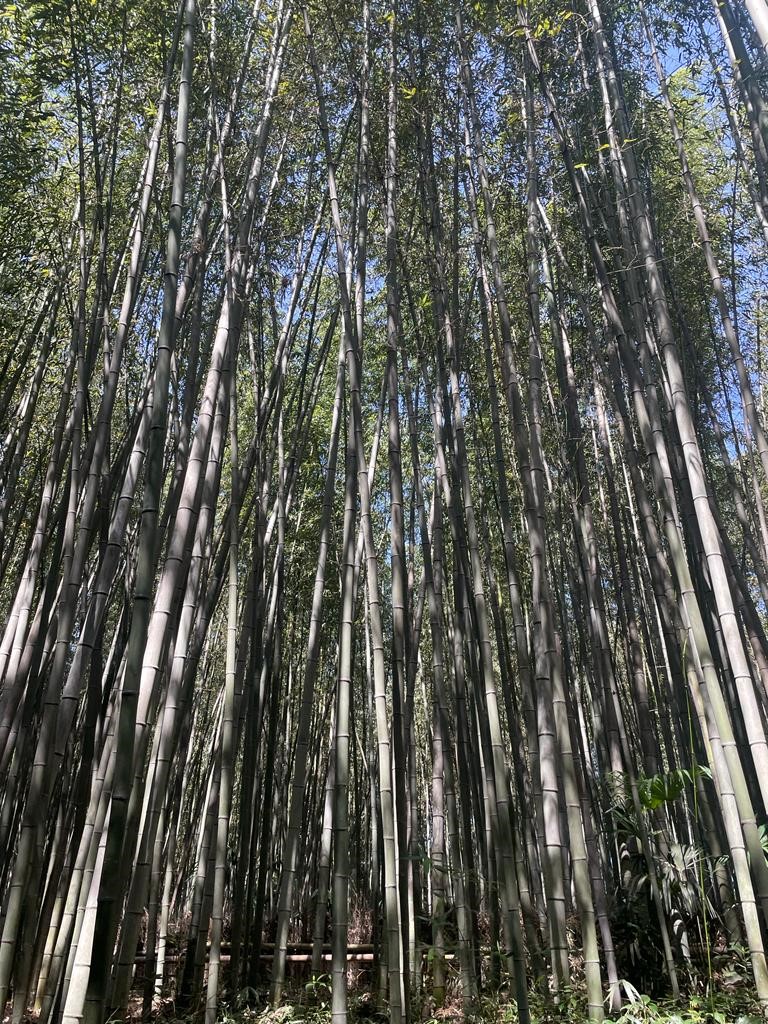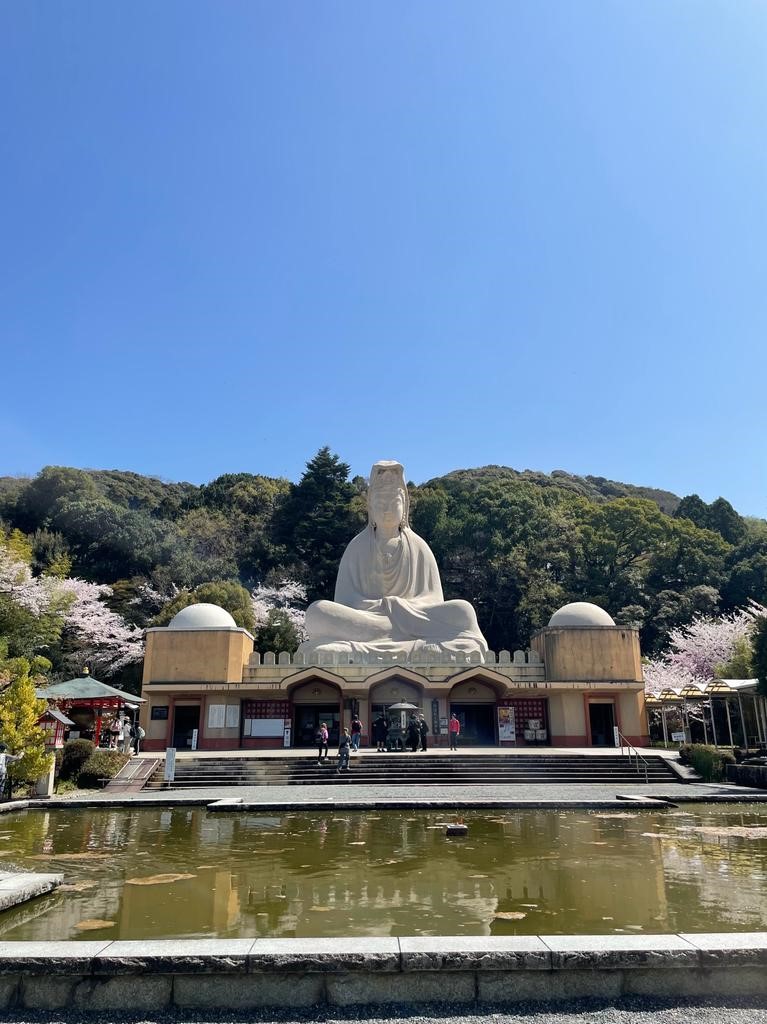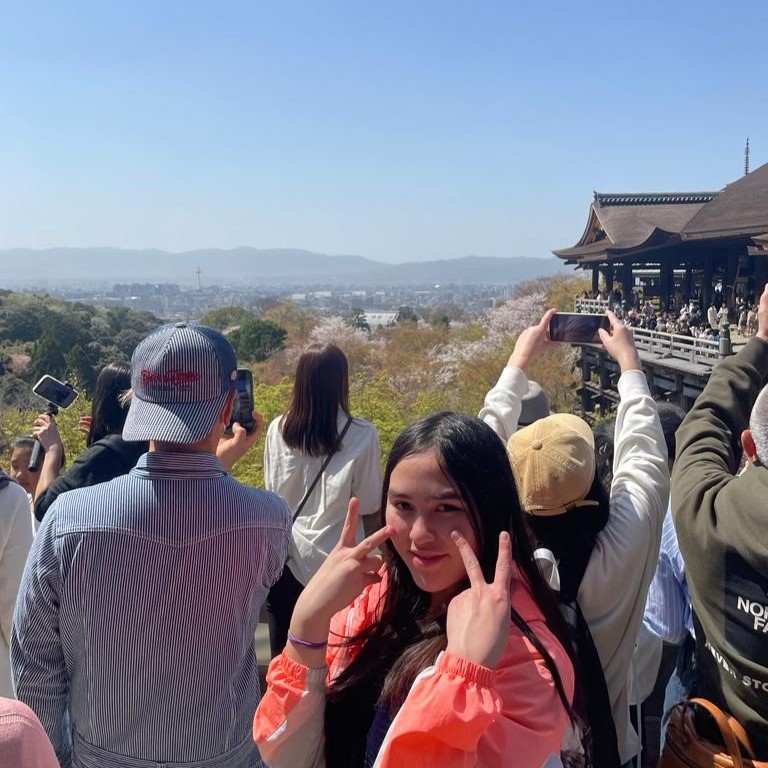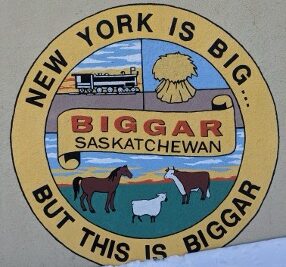
Exchange Program: A Diverse Country, A Welcoming Community
Exchange Program: A Diverse Country, A Welcoming Community
Stories from High School
In April 2023, the Westmont High School students ventured to the Northwest Territories (you can read about their visit here), and Westmont had the privelage of having the NWT students explore the captivating landscapes and vibrant culture of Vancouver Island.
In 2024, Westmont once again has been fortunate to be a part of an Experiences Canada exchange, this time with Biggar, Saskatchewan where students have come to appreciate the diversity of this country.
A New Perspective
When I learned about where we were going for our exchange, part of me was disappointed that it wasn’t Toronto or the Maritimes, it was Saskatchewan. I was quickly proven wrong by the incredibly strong community that welcomed us so warmly despite the storm and freezing cold. The community spirit of Biggar was a standout experience for the whole trip, which turned out to be an incredible and memorable experience.


When we landed in Saskatoon, we immediately felt the -38 as we stepped outside. We didn’t get to Biggar the first night, but we were lucky just to get to Saskatoon due to an ongoing blizzard. When we got there, Sean the principal chauffeured us from the airport to our hotel. It took three trips to get everyone there, but we eventually made it. In the morning, we met our wonderful bus driver – Ray – who drove us for an hour into Biggar. This was our first real look at Saskatchewan. We immediately took in the flatness of the landscape, and the mountains of blowing snow.
When we arrived, we got a warm welcome from the school and got to meet the students in person. We went into the gym and played icebreaker games so we could learn the names of the other students there and get to know them better. We made pizzas with our buddies for lunch and after that we split into groups to visit the Credit Union, which plays a huge role in the community there providing funding and helping out for over 75 years. We also got to meet the Mayor of Biggar and he told us about how the town was built and about the infrastructure behind the town’s development.
After that, we got to meet the mayor, our groups joined up and we went to the Biggar Museum & Gallery. We learned about the history of the town and how it came to be. There we learned about the Grand Trunk Pacific Railway, and who Biggar was named after. We also learned about the town’s famous slogan: “New York is Big, but this is Biggar.” We had a dinner of spaghetti in the school and played basketball in the gym until our homestay families picked us up.
The next day we got to go to Saskatoon. There we went to the Western Development Museum. Some of my favourite exhibits were the historical cars, the train you could go in, and the mock 1900s town including the jail cell. There were also very detailed exhibits on farming equipment from the Industrial Revolution to now. There were many fun interactive displays too. This museum taught us a lot about the story of Saskatchewan, and how vital farming is to both the province and the country. After the museum we went to a skating rink right in the center of the city surrounded by some very cool old architecture, it was kind of a park but covered in ice. We skated for about forty minutes then we drove to the University of Saskatchewan, which is Saskatchewan’s biggest university. We got a tour of a lot of the buildings and after the tour we got some more background information about the history of some of the rooms. After that we went home to our homestays.
On Thursday we started the day by going bowling at Biggar’s local five pin bowling lanes. We also got to learn about some of the fun things that Biggar locals do to wind down like playing sports and horse riding in the summer. In the afternoon we went on a Goosechase, which is an online application where you run around the town and taking photos with various Biggar landmarks such as a statue of the Hanson buck (the highest scoring buck in history), the water tower, and the credit union, or completing wacky tasks in certain locations. This was a really special way of experiencing the town and the weather, as well as connecting more with our Biggar buddies.
On Friday we got invited to participate in the school’s annual Metis winter festival. We learned some traditional Metis practices such as beading and dot art. Both of which were fascinating to learn about. We got to try dot art for ourselves, and it was very satisfying. We also got to spend a lot of time outside snowshoeing and hearing Metis stories by a roaring fire. At the end of the night, we had tacos in a bag with all of the homestay families together and got to watch all of the other team’s videos from the Goosechase and play basketball in the gym. The next morning, we had to say goodbye to our homestay families and the community as we travelled back to Victoria.
Even if a destination is not on your bucket list, it can always be an incredible experience. It doesn’t matter where you end up, it is who you are with and who you meet along the way that makes an experience what it is. We met some amazing people and shared some incredible stories and experiences with them. This was a wonderful journey, and we want to thank Experiences Canada, Biggar Central School 2000, and the community of Biggar, for allowing for this exchange to happen and welcoming us into their beautiful community.
Written by: Merric Hanton
Edited by: Eagle Class
Photos Selected by: Ares Van Koeveringe and Morgan Friest
Westmont Montessori High School students




